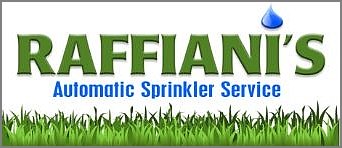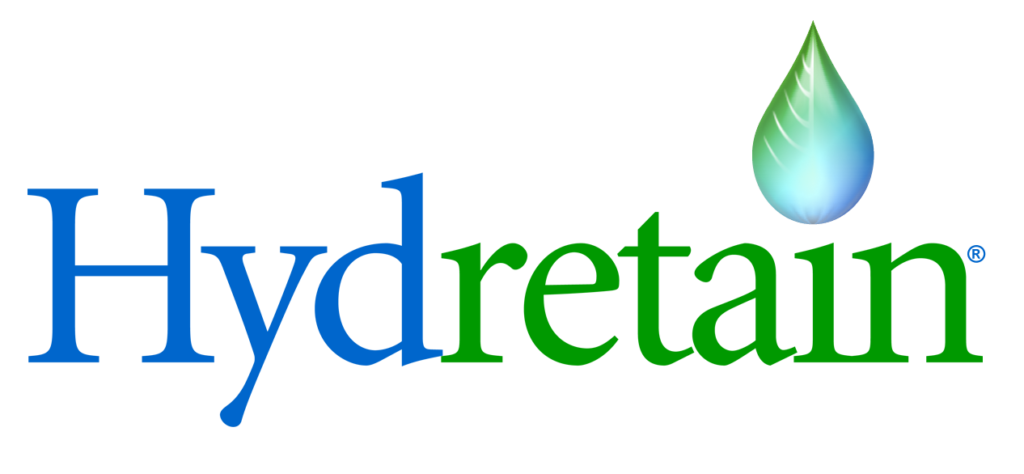The GREEN TIPS BLOG!
"WHAT'S IN A BLOG? WOULD INFORMATION BY ANY OTHER NAME INFORM AS WELL?"
May 13, 2025
What’s under your feet and how does it matter to the success of your landscapes?
Since the soil in your landscape projects is akin to the mortar used in brick laying the composition of each determines the success, slow decline or failure of those projects. Keeping that thought in mind as you install plantings, flowers, turf or are applying treatments such as a preemergent product or fungicides several key characteristics of the soil need to be known such as soil texture, pH, nutrient levels and trace elements, moisture content, temperature and horizon layers-to name a few.
So-where do you start with determining if your soil is a good match for your project? The best place is a soil test from our own Rutger’s Agricultural Experiment Station. When most landscape projects are costing thousands of dollars it makes sense to invest between $20 and $90 (depending on the breadth of soil information you deem necessary) to know for certain what the pH, nutrient levels, organic matter content, soil texture, soluble salts plus any specific recommendations for the plant type you are proposing. Such knowledge will prove invaluable to both you and your client-and the plants will have a better chance to thrive. Example:
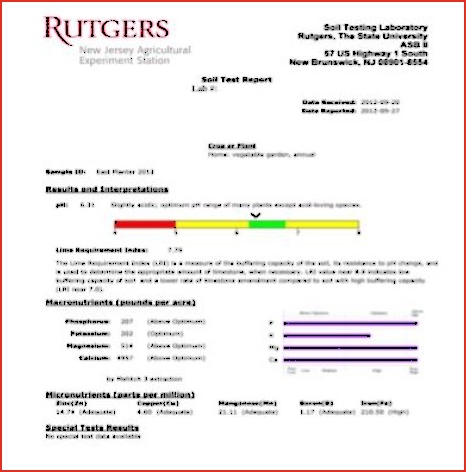
Most important to know is the pH of the soil. The pH scale is neutral at 7.0, acidic below 7.0 and alkaline above 7.0. Most ornamental plants prefer acidic soils (5.0 to 6.5) while turf enjoys readings only slightly acidic to neutral (6.5 to 7.0). There are commercially available pH sensors that are accurate and will provide on the spot readings. This is especially good to have on hand when proposing any foundation plantings due to the leaching of lime from cement-based foundation plaster and poured concrete which tends to register pH on the alkaline side. Take readings with your client present-especially at the first meeting as a way to stand apart from competitors. Also, of note-pH plays into the absorption of both major and minor nutrients, minerals and trace elements. See the chart below:
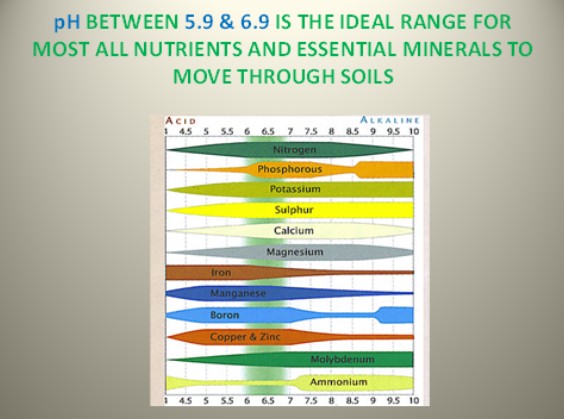
Soil texture is next on the list to consider. Today’s new construction projects are rarely concerned with the soil as all manner of subsoils are rough graded prior to any landscaping installation. See what lies below in this soil horizon profile- imagine these mineral heavy, nutrient poor, trace organic matter sub soils spread about just waiting for a thin top soil dressing and subsequent landscape plantings:
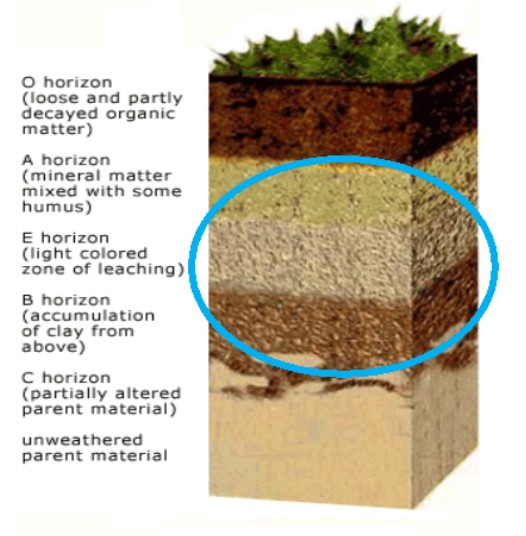
Such base soils present major issues for planting as the soil texture can vary widely across the grounds of a recently built home or commercial building. Poor sub soils need to be amended, when possible, by the deep tilling in of organic matter, mycorrhizae fungi, gypsum and any elements shown to be missing from your soil report. Soil texture determines water holding capacity, drainage and nutrient holding and when it is not conducive to your proposed design it can lead to failure. Texture is determined by the percentages of sand, slit and clay in a sample. Loamy soils are preferred for most landscapes but are not always present:
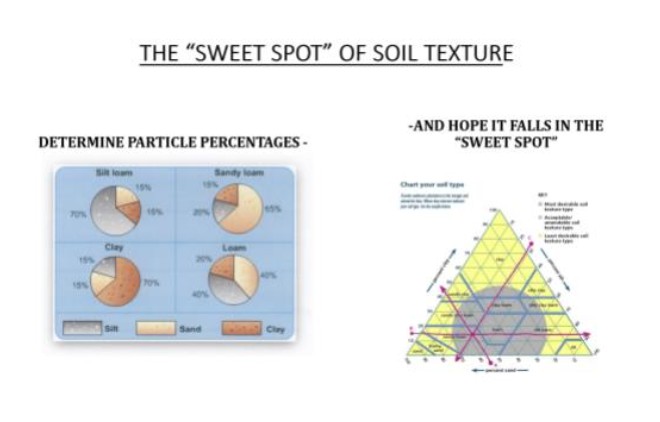
Water holding capacity of soils is stated in “inches per inch”. The following chart details this by soil texture...
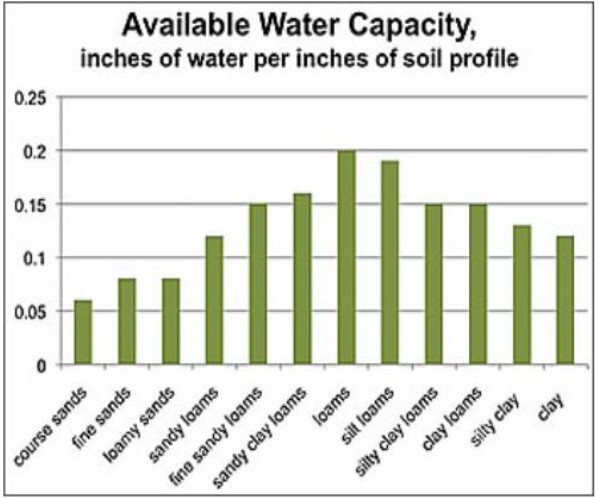
Once again, the loams are best at retaining water for use by the plant-another reason planting projects thrive in these textures. Of note are the clay loams to clay-due to their small particle size they are able to hold the most nutrients. Sand is the opposite to both water and nutrient retention-large grain size coupled with gravity makes sand lose water fast and by extension leach nutrients faster then other textures. Sandy soils do have a place when certain plant material requires “well drained” soil to thrive. Every texture has a place in the landscape and consideration should be a part of any design.
Another concern occurs when different soil textures are layered one on top of the other (such as the prior mention of new construction) and water struggles to move through the different textures. The movement of water in soil is due to “Potential”. Example:
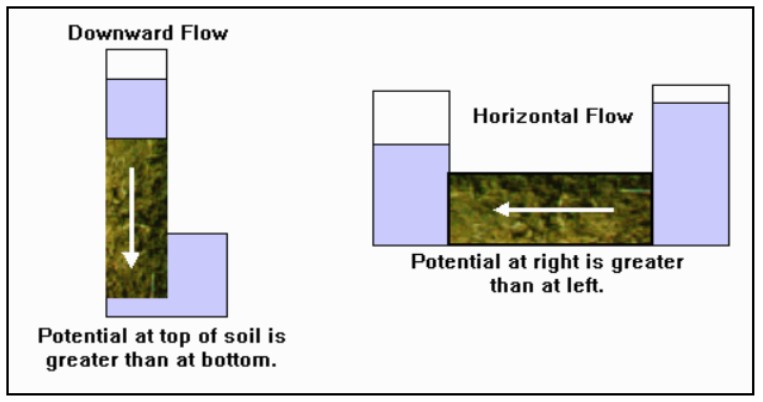
Potential exists in the next picture but due to variations in soil texture water will not break through due to the same process as surface tension in the edge of a glass of water. A similar force holds water back from penetrating very dry soils until a greater potential overcomes these forces:

Even tilled earth, straw and sand await high enough potential before water infiltration from the loam layer to any unlike layer occurs.
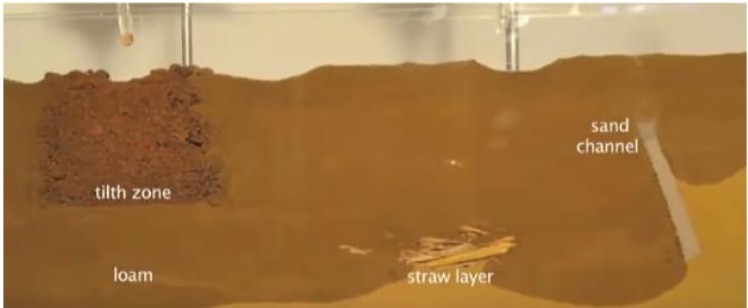
This leaves the question of what to do when planting and the root ball is clay and the surrounding soil is of another texture? The solution is the standard advice-dig
your hole 2-3 times larger than root ball or container and elevate the plant. If the situation calls for it try to amend the soil that you pack the plant with to be closer to the soil texture in the roots. This will allow better water movement between the plant and the surrounding soil and go a long way to ensuring the plant thrives.
A final thought on another problem distinct soil textures cause-drainage issues. New construction with the poor subsoils just under the surfaced is especially prone to soggy turf as a result:
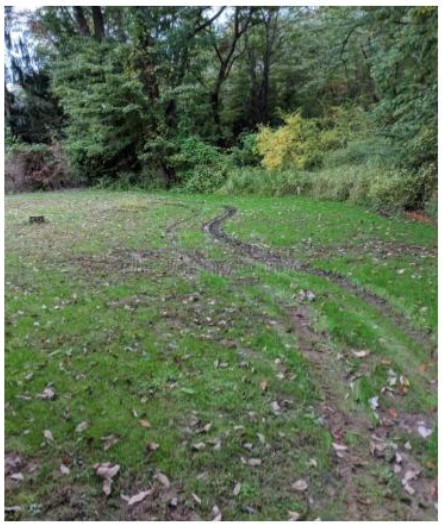
And guess who gets the blame? You!
In the final part of this soil article, I want to highlight a tool to assist with the timing of preemergent applications for crabgrass and weed suppression-a soil moisture, temperature and salinity sensor. For Lawn Care Operators (LCOs) temperature in the early Spring is critical to this process. There are soil sensors
available that transmit data via a cellular network made by a company called Spiio. They can be planted at the depth you want for the temperature you need to begin applications. This information is priceless and you can install as many as you want throughout your service area. I use them at numerous HOAs to set watering schedules and know the best soil temperature for overseeding.
This is the type of data I receive three times per day from a local HOA with three sensors installed. Note the interpretation of the color codes and a bonus detailing local weather conditions:
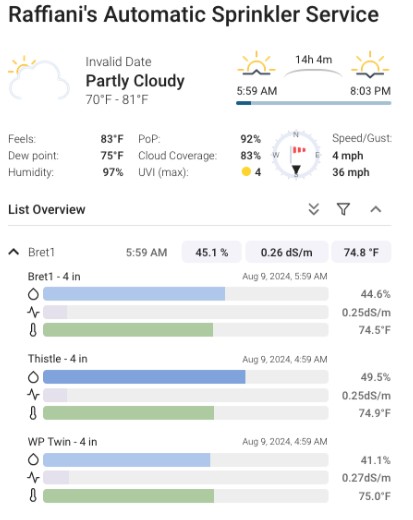
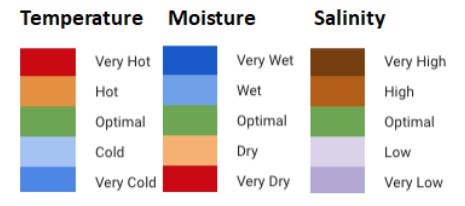
In closing I ask only that those reading this article consider as many aspects of the soil under your feet when planning any type of landscape project. Your due diligence in the planning stages regarding soil conditions can go a long way to success. Stay well everyone and have the best year!
May 6, 2025
Watering New Sod in the Summer Heat
I remember well those sweltering Summer days years ago when I not only installed irrigation systems but also put down many acres of sod as part of my contracts. For years I installed turf on everything from small residences up to 5-acre homes, offices and small condominiums. I never used a sub-every stitch and seam was overseen or done by me and my employees as I took pride in a job well done.
The trick in the summer heat was to dress and grade peat moss as a base over the subsoil to act as a spongey surface to lay the sod onto. A quarter to a half inch was all it took. Sweating in the Summer humidity we would all be covered in peat but the results were excellent-I never had to replace any more than the occasional few square feet. That little trick plus having the watering schedule in my control produced the great results-no losses from lack of moisture.
About that watering schedule-I still implement watering durations and frequencies today for many landscape projects done by others-and run into ridiculous reasons for not using the schedule I recommend. Since all the turf needs is a heavy initial soaking, I put down ½ an inch as soon as the turf is down. After that 1/8 to ¼ of an inch daily for two weeks will keep the turf pump and juicy-but not TOO juicy-we don’t want to rot the sod before it has a chance to root.
I usually use two start times-9 AM and 1 PM-yes during the day-not the early morning. This provides moisture just as the heat of the day begins and the second watering “syringes” the sod as the real heat sets in. Syringing is a common practice on golf courses during the Summer and it works well for new sod. To obtain the aforementioned ¼ inch of water use this general rule: For rotors the average precipitation rate is 0.5 inches/hour and for mist sprays 1.5 inches/hour. Thus, two water events of 30 minutes for rotors and 10 minutes for mist sprays will suffice.
Many landscapers raise Cain when I put this schedule in and I have to assure them that it will work perfectly well. They settle down quickly once I explain the science behind it and two weeks later the sod has put down roots for good. And then on to the next project!
April 29, 2025
Continuing Education-and why you need it
Having just returned from two education conferences with Trade Shows, one in San Antonio for the Irrigation Association and then the Green Expo in Atlantic City sponsored by the New Jersey Turf Grass Association, I was struck by the turnout for many of the courses offered at each venue. While both Trade Shows had vendors with all manner of products to make work more efficient, to improve soils, showcase new equipment and business software only a very few that went will actually implement any takeaways from their visits.
Attendance at both were in the thousands yet the education events were not as full at our local Green Expo as they should have been. While the IA offered smaller classes of 50 or less, and they were mostly full, the Green Expo had larger seating but very sparse attendance.
While trying to wrap my mind around this I came to the conclusion that irrigation is being tasked with conserving water as a top priority. There is a compelling need to learn more in this area such as design techniques, smart control systems and new products and mandates from states to use pressure regulation on spray bodies. On the flip side, maintenance, landscaping and lawn/shrub treatments are not as yet catching up to a need to do much differently. Other than the banning of neonics not much has changed for the landscape industry in recent years. Granted there is talk at times about the banning
of gas blowers plus the push to license landscape operators but realistically contractors are not tasked much to change or improve their operations.
Regardless of the lack of much that is new in the field there is still a wealth of knowledge available for the taking-and learning not only stays in style but is the main path for our members to rise above their competitors. Learning to “talk the talk” about a myriad of topics to our clients, as well as employing best management practices in all areas, will not only benefit your customers but will also beef up your bottom line.
The next time you have the opportunity to sit in on a class, attend a lecture, listen in on a webinar or take advantage of the courses at Trade Shows-do so. Every nugget of added wisdom counts. Start thinking that “if it ain’t broke-break it!”
April 22, 2025
Maintaining and Irrigating those Fabled Lawns of Yesteryear
In these times of a divided nation, a pandemic, economic disruption and just plain awful popular music (along with the talentless hacks that produce it) I find my thoughts wandering back to those halcyon days when I first started cutting lawns for several neighbors. Being raised in an era of children actually tasked with chores one of my early household duties beginning around age eight was to maintain the lawn and trim the edges. I got really into the job and some of the neighbors noticed my handiwork and asked me to cut their lawns as well. And as an added bonus-THEY WOULD PAY ME TO DO IT!!
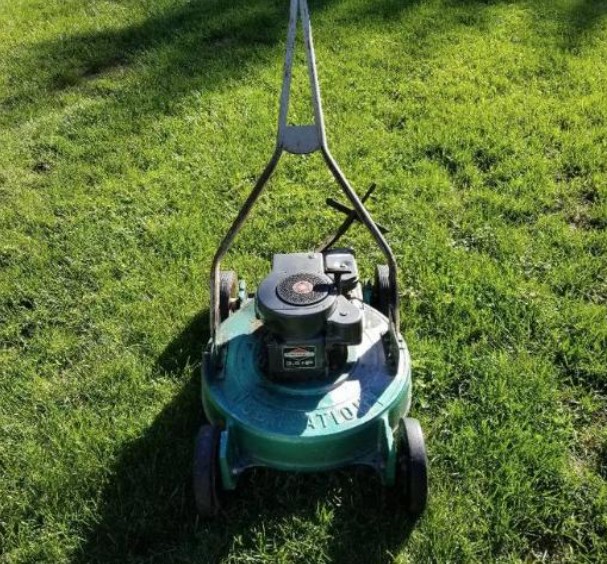
I had a three horse power Briggs and Stratton engine on a hand me down that belonged to my grandfather and had no name to it-I think it was a hardware store cheapie but it did the job provided I kept the blade sharp and did not let the grass get too tall. When I cut a neighbor’s lawn, I would sometimes use their mowers and one in particular was way better than the rest-the 21-inch Sensation with the reversable handle. Using the Sensation not only produced a superior cut but shortened the cutting time by not having to turn around.
I wanted one but the cost was out of my range and I instead went down to the local hardware store and bought a 21-inch Toro “Whirlwind” mower that became my workhorse. It did a great cut and every time I finished I would just look at it with pride in a job well done.
Many of my customers were seniors that had no mower of their own save their old push mowers and I of course charged more to use mine (I didn’t for my 93-year-old neighbor since he would regale me with stories of his service in the Spanish-American war and meeting Teddy Roosevelt-history always fascinated me). Some customers wanted me to use their mowers and I would add to their invoice extras such as blade sharping, oil changes and tune ups-it sure helped to have mechanical skills thanks to my grandfather’s influence.
At the direction of some clients I also sprayed Chlordane, spread manure on their lawns and set up sprinklers that I would time and return to shut down. The lawns back then were a source of pride to all the dads-the greener and thicker they were made everyone envious and pushed all to try harder to obtain that perfect yard. Even the worst lawns back then were beautiful but at a cost that would send shivers down the spines of today’s BMP proponents-toxic chemicals, untreated animal waste, child labor (who do you think weeded the beds and pulled out the crabgrass?) and everyday watering to name just a few of the inputs.
By age nine I had a 12-client route to regularly maintain but then everything changed-my grandmother passed away and my grandfather retired to Nice, France. We moved into his house sitting around 50 acres with the fields and greenhouses that my brother and I worked at and learned the business of plants, their propagation, pumps and large irrigation applications over the years under my grandfather’s
direction. I had to tell my customers that I could no longer cut their lawns but that didn’t stop me-my grandfather had sold 40 acres for housing construction and those newly sodded lawns cried out for maintenance. Since the new owners were all from NYC my grandfather showed my brother and I a new trade-installing lawn sprinklers. Combining that with sod installation, plantings and cutting there was money to be made at this trade. It also helped that several other land owners all within a half mile sold off their lands for construction-we were not old enough to drive yet here was a landscaping market ready-made with scores of new homes!
But I am getting ahead of myself-after all it wasn’t quite the simplicity of mowing a few lawns for pocket money. It had become an actual business-including hiring friends in the neighborhood to help. At times I would miss playing baseball or football because work needed to be done. Work would overlap weekends too and not in a good way as “all work and no play makes Jack a dull boy” comes to mind. I found myself after five years “in the biz” waxing nostalgic for those early days not unlike today when I reminisce about the buzz of a 3 HP Briggs and looking over a job well done.
And yet like many of you in the irrigation trades I too would never change a thing. There is just something about this business and making a lush green living carpet a reality that is at times difficult to put into words yet it is with us
forever. I’ll say it again-I wouldn’t change a thing-and I think none of you would either.
April 15, 2025
Future Shock ( *article written at height of 2020 Covid Pandemic)
In 1970 Alvin Toffler and his wife Heidi penned what he thought would be the changes we all would be facing as technology accelerated its intrusion, whether we wanted it or not, into our everyday lives. He was a businessman, an associate editor at Fortune magazine and considered a futurist par excellence.
The Toffler’s book Future Shock introduced us to what he thought was coming in the realms of communications and digital technology and how these changes might play out to the people on the street. He also coined the term “information overload”, delved into cloning, mass communications and entertainment along with mobile phones (It seems he watched Star Trek also!) and humanity linked up in a worldwide net of sorts (maybe Al Gore thinks he heard this here first-maybe not).
This power couple did not stop there as they went on to pen two more highly influential and futuristically themed works, 1980s The Third Wave (not the TV scifi series) which went further into how society might react to all these changes and the more chilling 1990 release of Powershift - a telling look at the effect these technologies would have on the destructive capabilities of military hardware and the intelligence such systems may have.
They would further chill their readership with the vision of proliferation of the new found killing technologies coupled with the ability of the state to hold sway over it’s citizens (something we have acquiesced to for some time now by buying into our government as our “protector” of first and only choice).
Their works were translated into dozens of languages and read by a who’s who of world leaders, military planners, the general public and the business community. They got many things correct but also many wrong. One of their most glaring faux pas was that people would be unable to adapt to the changes coming. Their prediction was that social isolation rather than community enhancement would be the new normal.
Toffler himself later admitted in an interview in 1993 that he may have overemphasized the coming social isolation but we all now know that there have been those that retreat into an online world and those that use the same venue to reach out to like minded individuals. It would seem he and his wife were both right and wrong as people are just that unpredictable.
Thus, this brings me to the next part of this article-where do current events now leave us? How will this COVID19 scene play out for our beloved green industry? Where do we go from here and-most chilling-do we trust our leaders to get us there?
I will attempt to look at this as a futurist specific to our green industry. The Tofflers assumed that we would be so overloaded with information that we all would retreat into some sort of anti-social cocoon. Turns out some of us did but most of us are able to use information and technology to our advantage and profit. All manner of new tech is available that does our accounting, schedules our routing, calculates costs by division and even specific projects.
We are able to over fly properties and see what we will encounter before even calling a client back. We can design landscapes with drop and drag menus, measure and design irrigation, lighting, drainage and set grades plus get an accurate measurement for simple functions such as measuring for mulch.
Software is out there that will measure whole properties, show details and features such as beds, hardscapes, access points, street views-you name it and it is at our finger tips (some for free, others at a cost).
My thoughts in this area are leading up to what changes we may see due to our current unprecedented situation-government lockdown of sections of our economy and social and societal changes brought on by fear mongering. Fear is a powerful force-it is a basic animal response that in some ways we cannot control (though some of us are more in control of our fear response than others).
I personally have been out there and see people driving in their vehicles with masks on-what do they possibly have to fear alone in their cars and trucks? Nothing-yet their fear brought on by the daily drone of news casts has them convinced that either they could catch COVID19, spread it or die from it.
I fully understand those at risk due to an underlying condition but that is a small part of the population. On the flip side some party on as if the world is ending or gather in religious services with reckless abandon.
Our governor has seen fit to cut off landscape construction as “non-essential” even though it is a part of the economy that could and should continue. Simple protocols such as masks (which is PPE we should be wearing regardless considering what some of our activities produce) and social distancing will keep us safe-and infinitely safer than gathering at food markets with the general public.
He doesn’t see it that way and this just adds to the “Future Paranoia” (hey-there’s a book title for ya!) that will shape our future interpersonal dealings with our clients.
In particular I truly believe that we as an industry may have to avail ourselves of less personal contact and more video interactions. Face Chat, Zoom, Skype, GoTo Meeting are some methods we could employ to limit direct contact on a person to person basis coupled with various overview services such as Google Earth View, Nearmap and Maps and Directions Online to name a few.
I predict that fear of pandemics in general will not only see these changes but even the age-old handshake is in trouble and headed for extinction. Another change I see on the horizon is an accelerated move away from cash and checks as payments towards more digital payment solutions.
This has been happening for a long time but the fear of touching something that another has pawed sends shivers up and down the spine of the very fearful-and that has become a large portion of the general population.

So, everyone-be prepared for many changes to come-not just in our industry but in everything around us. Be ready and understand that you will encounter more of this…
…because the times they are a-changin’. All my best to everyone for better things to come.
April 8, 2025
Spring Start Up Tips for Contractors and Homeowners
Springtime
means an awakening for all four-season landscapes. Thoughts go to soil
amendments, pre-emergent and fertilizer applications, bed preparation
and mulching plus pruning of woody ornamentals and trees. One of the
more important items on the to do list is the startup, inspection,
repair and programming of the irrigation system. The best time to do this is after the grounds have received their Spring cleanup which will reduce the chance of damage by the
maintenance crews.
Regardless of the water source, contractors (or their service techs) and homeowners both need to follow certain steps to ensure that the irrigation system will provide reliable season long operation.
For Contractors...
1. A visual inspection of the Back Flow device and the landscape itself should be done prior to supplying water to the system. Look for any ground disturbances that could indicate broken
equipment or past leaks. Close any drain connections and test valves. Finally-orient the Back Flow ball valves so that the handles are parallel to the piping.
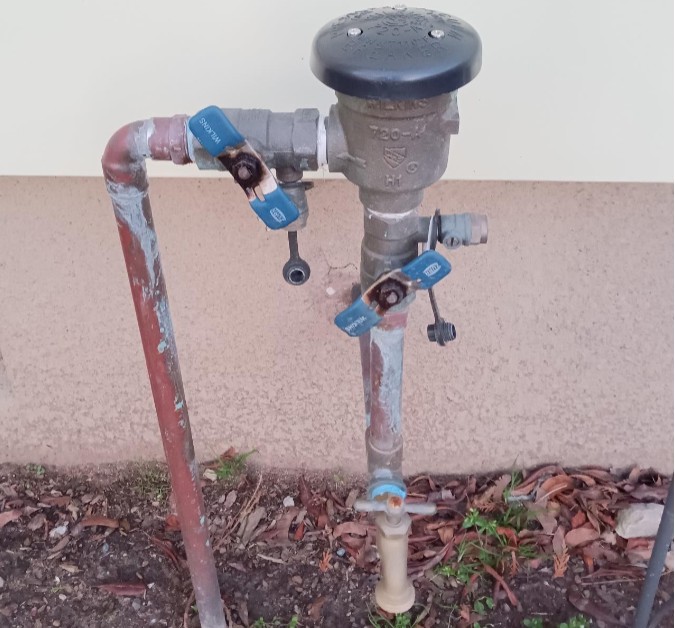
Pressure Vacuum Breaker set for Winter
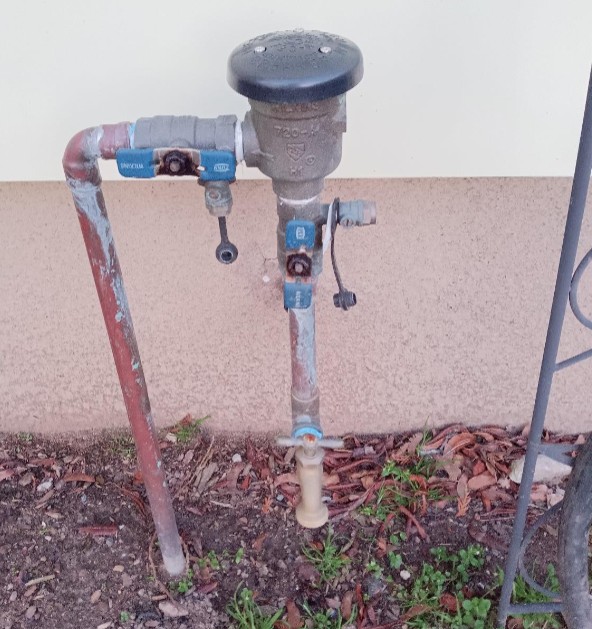
Pressure Vacuum Breaker set for Spring activation
2. Inspect the controller and set the correct time and date. If needed, replace any batteries in the controller or wireless sensors. Next, activate the zone furthest from the point of
connection.
Locate the point of connection and SLOWLY open the shut off valve about ten percent. LISTEN as the water enters the system-DO NOT introduce the water all at once. Water has weight and pressure behind it-damage can occur if done too suddenly. Depending on the length of the mainline this could take from 30 seconds to an hour or more-the longer and larger the piping the more time required to fill.
Walk along the run of mainline (and inspect any valve boxes) and watch for leaks that should be repaired before proceeding further. If no leaks are visible at this time SLOWLY open the shut off valve a further twenty to thirty percent and watch for the zone to be fully discharging water. When no more air is visible shut the zone down and fully open the shut off valve.
When you hear the water completely stop flowing put your ear to the valve and turn the supply valve off. Turn the valve back on-if you hear water rush in it could portend a mainline leak or a faulty (weeping) solenoid valve. If a water meter is present look for movement when the
system is fully energized.
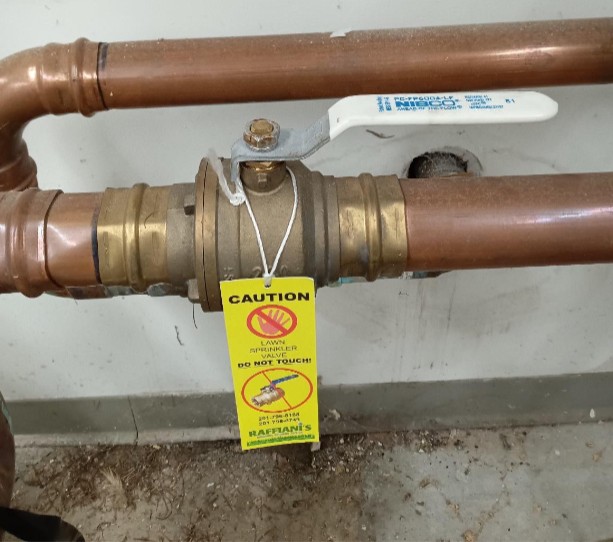
Point of Connection and Shut Off Valve
3. Next up is a zone-by-zone inspection. Activate each zone and heck each head for direction and arc pattern. Look closely at the ground surrounding each head and check for both seal and fitting
leaks.
Clear away any mulch or turf that is covering the heads and adjust them as needed. Place a marker flag at any that need to be straightened, raised or replaced. Walk the areas between the heads and check for any lateral or mainline leaks.
Consult with the property owner or property manager and inform them of the work currently necessary and propose any upgrades for the future. Inquire as to when the turf is cut so as not to water the area prior to grounds maintenance.
When all is done devise a program based on soil texture, local evapotranspiration rates and
zone precipitation rates or with inputs that a Smart weather-based controller needs to provide the landscape the water it requires.
For Homeowners
Follow the steps outlined above for Contractors. Depending on your mechanical ability and knowledge of irrigation systems you may or may not be up to correctly performing all the necessary steps to activate your system.
Even if you have done all you can it never hurts to get a second opinion by hiring a certified contractor to go over your system. Not only will this validate your abilities but you stand a good chance of learning that little extra step you didn’t think about.
To search for an Irrigation Association Certified Contractor in your
area go to:
Always remember that a little knowledge from a professional will be worth every penny spent.
April 1, 2025
Plant Survival Tips for a Looming Drought
I have been closely watching the drought in the Northeast for the past eight weeks during July and August and what I see is not pretty. If precipitation does not improve, and soon, we will see a drought declaration come down from our state government.
Regardless of a drought declaration there are many ways to ensure the survival of your recent and proposed plant installations. For example, I have noticed an increase in the use of standard soaker hoses that are commercially available and are laid out and connected to a hose faucet:
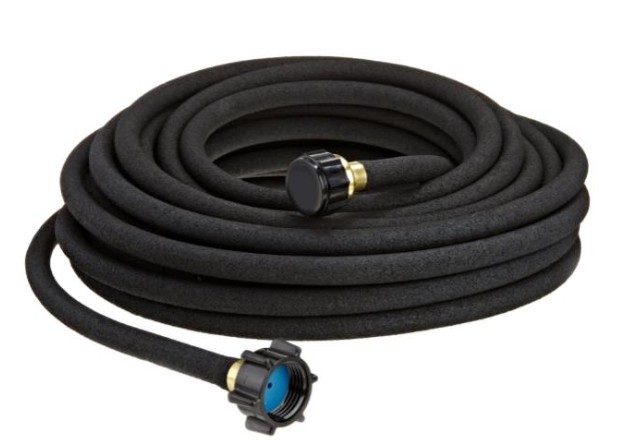
A common practice is to run the soaker hoses along one or both sides of new plantings:
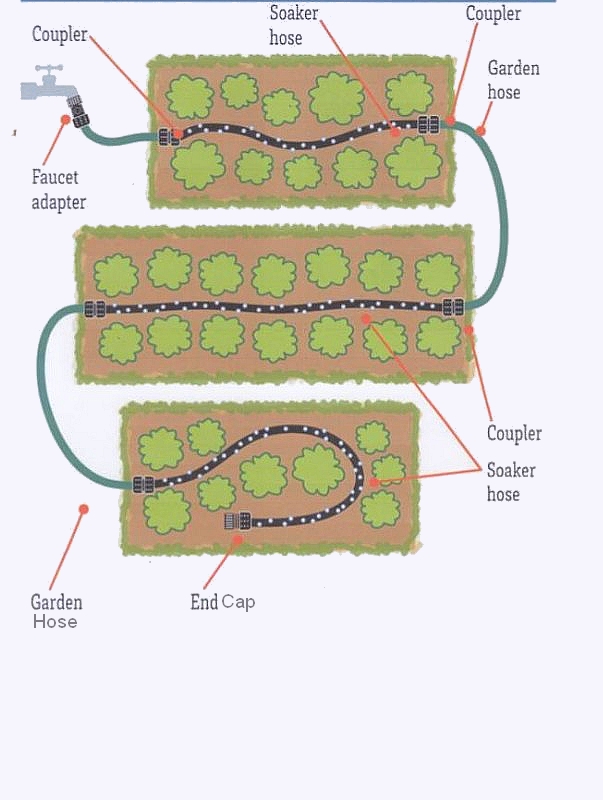
While this would appear to be a good stopgap measure the problem with these hoses is the pressure gradient that decreases the further away from the supply. A direct result of this is less water to the plantings towards the end of the soaker hose and more near the beginning. A simple way to correct this and continue to use these hoses is to employ a common irrigation practice called “hydraulic looping”. By suppling your soaker hoses from each end, the pressures and discharge rates are evened out. It can be as simple as adding another garden hose to the system then connecting it to a “Y” hose adaptor and coupling it to the other end of the soaker run:
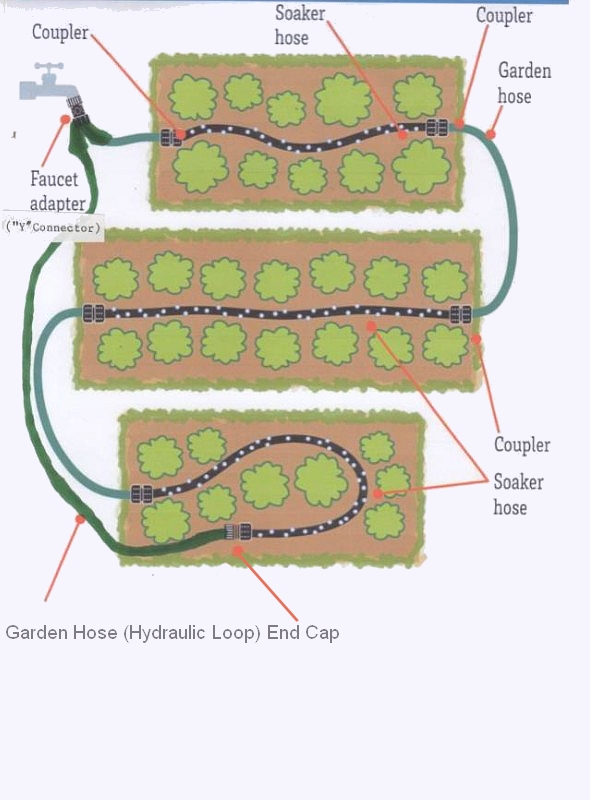
A more permanent approach would make use of standard irrigation drip line tubing placed under the mulch layer:
Drip lines come in many discharge rates that are specified in gallons per hour (GPH). Some sample emitter discharge rates from various manufacturers are (but not limited to) 0.33, 0.4, 0.53, 0.6, 0.77 and 0.9 GPH. Additionally, the emitter spacings are available in 8, 12-, 18-, 24- and 36-inch varieties. This affords the end user many design choices. However, without a deeper knowledge of drip irrigation design principles I recommend that occasional users of drip lines for plantings pick a product that has 12-inch emitter spacings and a discharge rate between 0.6 and 0.9 GPH.
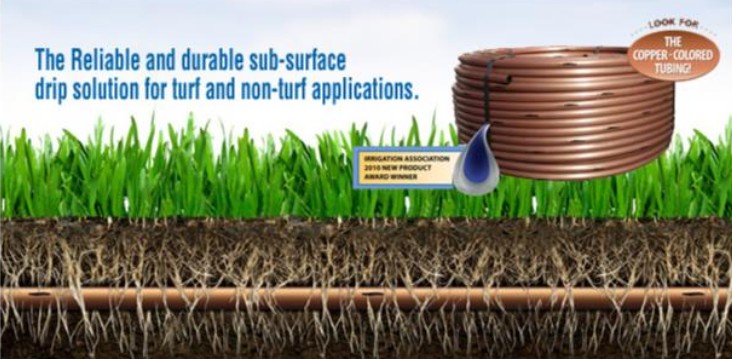
As an example, the drip line selected for this application is a 0.9 GPH emitter with a 12-inch emitter spacing:

If the drip line is placed on each side of the plants 18 inches apart then the amount of water put down in one hour would be approximately 0.96 inches from the chart below. If the timer is set for 20 minutes then the amount of water applied would be approximately 0.32 inches- a good drink for those newly planted thirsty green giants!
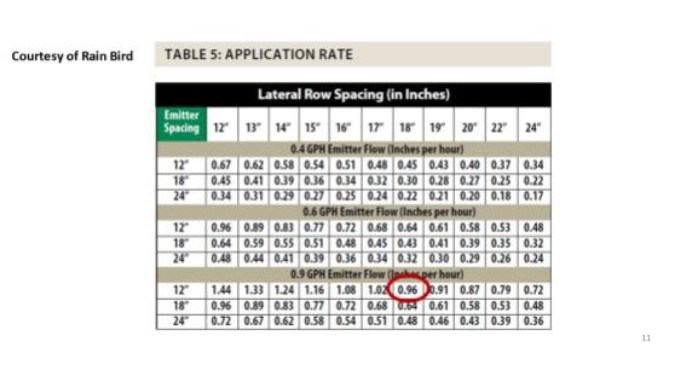
It is always good advice to use application rate charts such as the one above. When planting in hard, poorly drained soils it is important not to over water. Use of application charts can ensure that you do not run the drip line too long. For these soils shorter run times are called for with sufficient time in between cycles so as not to have your plant’s roots swimming in a bowl.
A simple inline filter and pressure reducer is needed and with the proper fittings can be hooked up to a hose faucet:
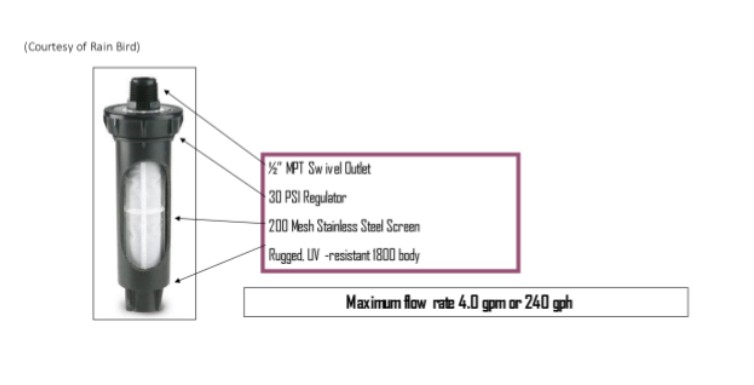
Since the nature of today’s consumer cannot be depended upon to water as directed the addition of a battery hose faucet
timer will yield a more complete solution to keeping your plantings alive and thriving.
A more economical and temporary product that performs the same functions as drip line is drip tape:
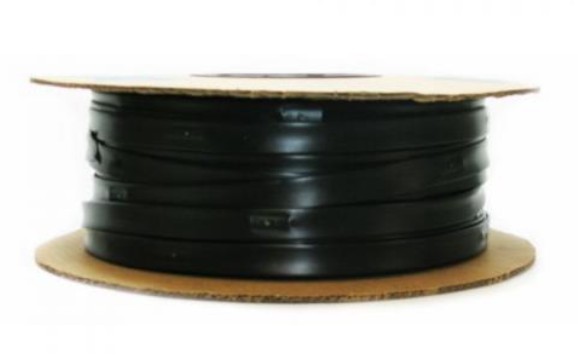
It too is available in several discharge rates and requires simple fittings, a pressure regulator and a filter to connect to a water supply. While soaker hoses and 16-17mm drip lines cost 30-40 cents per foot most drip tape is available for as little as 11 cents per foot. This makes it a significant cost saving product when used as a drought watering backup on numerous plant installations.
Another approach to ensuring your planting’s chances at survival are soil additives that hold water or allow improved use
of the water already in the soil profile. One such product is Turface which is a composed of similar material in clay garden pots but pelletized to add into soil and serve as a moisture management tool:
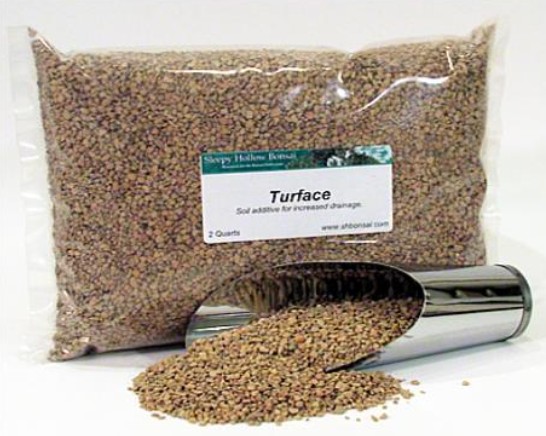
Turface is widely used and has many qualities such as improved water retention, adding space for air and nutrients to the roots, soil stability and more usable water when at the moisture level known as “field capacity”.
Other products such as hydrogels and hydrogel crystals were used in the past but the toxic natural of them contributed to their waning popularity and are not on my recommended list.
This brings us to the final product I have used in the past when faced with drier areas with minimum available irrigation-Hydretain AKA “Moisture Manager”:
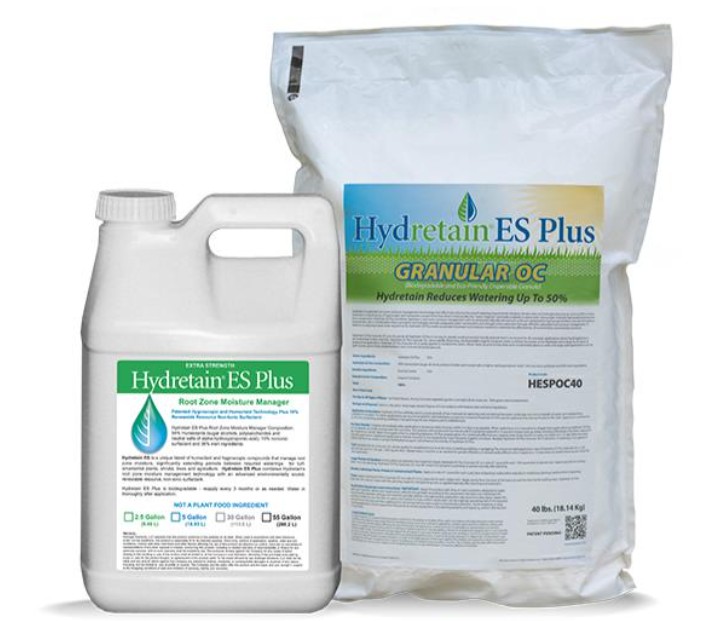
The product comes in both liquid and granular forms. The best way I can describe it comes directly from the company’s website:
Hydretain is a completely different concept for root zone moisture management
Hydretain is not another wetting agent, surfactant or super absorbent polymer crystal. It is actually a liquid group of hygroscopic and humectant components that attracts moisture. In other words, by acting like tiny “water magnets,” they form microscopic droplets within the root zone. As a result, this process allows plants to utilize soil moisture which would otherwise be lost to evaporation. Now that’s good science.
The way it works is quite interesting. In the soil profile not all the water present is available to the plants. In fact, only about 50% of all water in the root zone can be drawn upon by plant roots before the remaining water adheres tightly to soil particles. At this point plant stress becomes so pronounced that the Permanent Wilting Point (PWP) signals plant death:
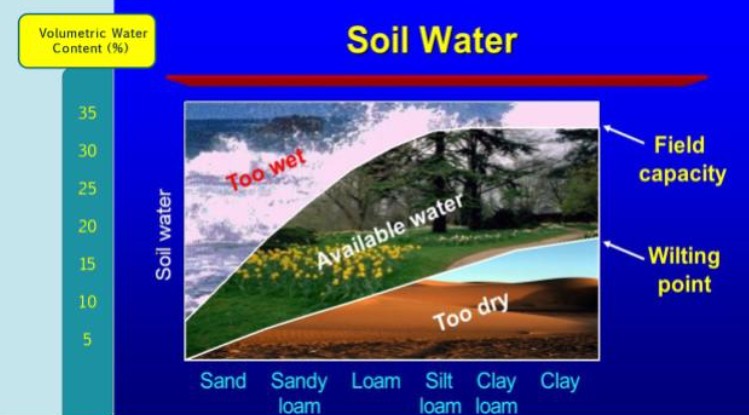
Hydretain works as a “moisture aggregator” - it accumulates moisture and vapor between the soil particles into additionally usable water for the plants. It is my number one recommendation not just for new plantings but for turf seeding and chronic dry areas in beds and turf.
In closing great thought and care must be given to any plantings during this deepening drought situation. Any and all added methods that ensures you won’t be replacing plantings this year are a must-don’t leave anything to chance and fickle weather patterns.
March 15, 2019
Heavy Duty Hoses With Aluminum Connections?
A word of warning to homeowners buying heavy duty hoses with all ALUMINUM connections-see below:
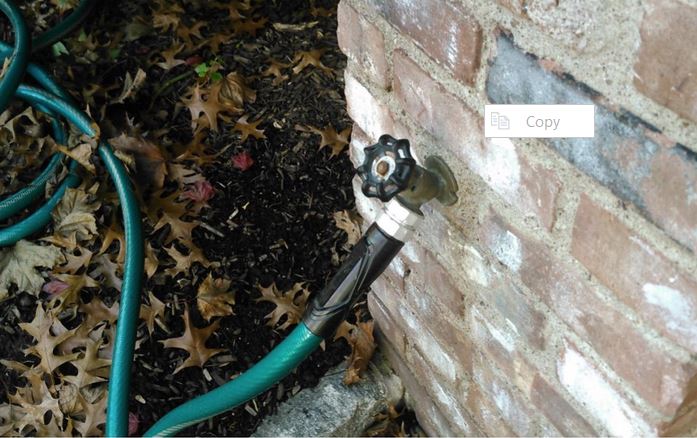
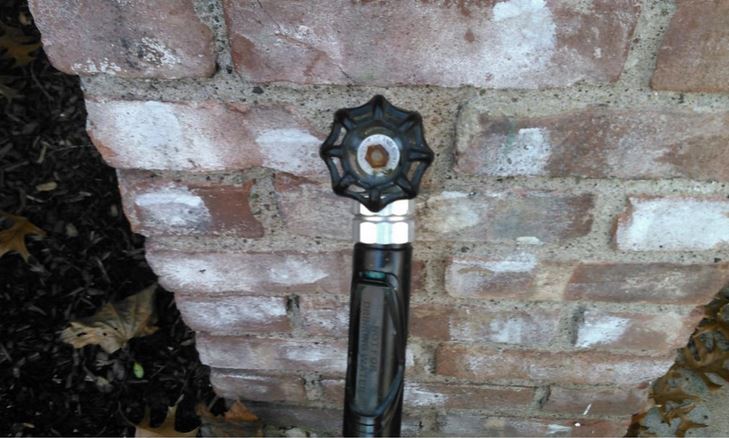
You'd better use Teflon tape and a good grease because ALUMINUM AND BRASS DO NOT GO TOGETHER!!!
Even these precautions are only a stopgap.
Why you ask? Aluminum normally corrodes VERY Slowly over VERY Long periods of time. You won’t notice any issues for decades with almost any STAND-ALONE aluminum that is not in contact with another metal.
The problem starts with the cathodic reaction (which is a corrosive reaction where hydrogen ions break down to hydrogen gas and their electrons flow to a conductor-in this example the brass). The nature of the brass as a cathode will ensure that after a short time your new over top expensive garden hose will be permanently joined to your hose bib (and by extension your house).
Get ready to call your plumber to replace the hose bib and DO NOT REORDER AN ALUMINUM FITTED GARDEN HOSE!!
In the future marry BRASS to BRASS or BRASS to Plastic.
Why a company would sell these is anyone’s guess-and it is costing consumers BIG TIME!
March 10. 2019
Rain, rain, go away - Come again another day
And the rains keep falling…AGAIN this past 2018!
It
seemed like every 3-5 days another 1, 2, 3 or more inches fell from the
sky. No one needed their irrigation systems but don’t think this
pattern will continue. Weather has become more unpredictable long term
and shows no sign of this predictability problem abating anytime soon.
The
soil profiles everywhere were super saturated last year except for the
four weeks from late June to late July. When this occurs, plants
struggle in many ways such as lack of air in the root zone which in turn
causes stunting and rot. Another problem is the leaching (washing out)
of essential nutrients that the plants depend upon causing all manner
of health stress.
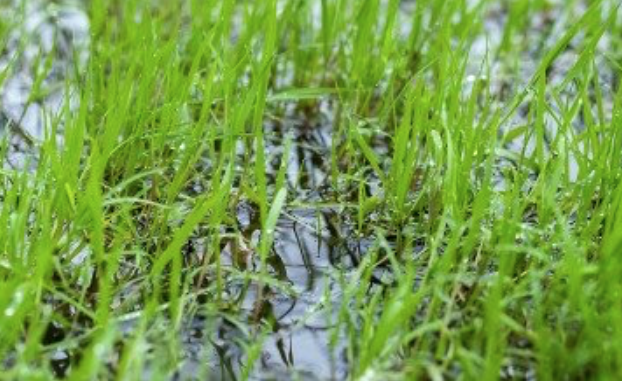
During 2018 many of the irrigation systems in use added to this problem
by watering when it was obvious that no additional irrigation was
needed. Systems equipped with simple Rain Sensors provided a false
sense of security in that the sensors would always dry out before the
soil and allow an irrigation cycle to start. During 2018 this amounted
to a huge amount of wasted water-all of which could have been saved
(along with the money spent paying for it).
If
you haven’t done so yet please visit two other pages on this site for
advice and products that will save you water AND money. The return on
your investment is a fast 1-2 years depending on property size and of
course the unpredictable weather itself.
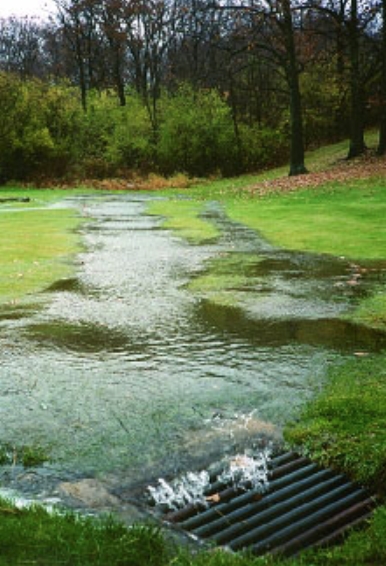
So-what are you waiting for? Since you are already in the site head over to the “Our Services” menu or just click on Water Saving Smart Irrigation Products. But don’t stop there - also click on
WiFi and Cellular Connected Water Saving Irrigation Controller Videos.
You owe it to yourself, your landscaping and your wallet to at least consider upgrading your irrigation system to maximized water conservation. As the saying goes:
Money saved is money earned!
March 1, 2019
The time is approaching to get out there and prune back woody shrubs and trees…especially if your plants need a MAJOR pruning.
Trees, woody ornamentals, grasses-the time is near. There are many reasons to prune such as removing branch weight, shaping, maintaining plant health by redirecting plant energies or just because not enough light is reaching the inside of the canopy. Dead wood removal is another reason but plan to repeat the dead prune again in mid to late Summer-it will hopefully reduce or eliminate the need for dead branch pruning the following late Winter.
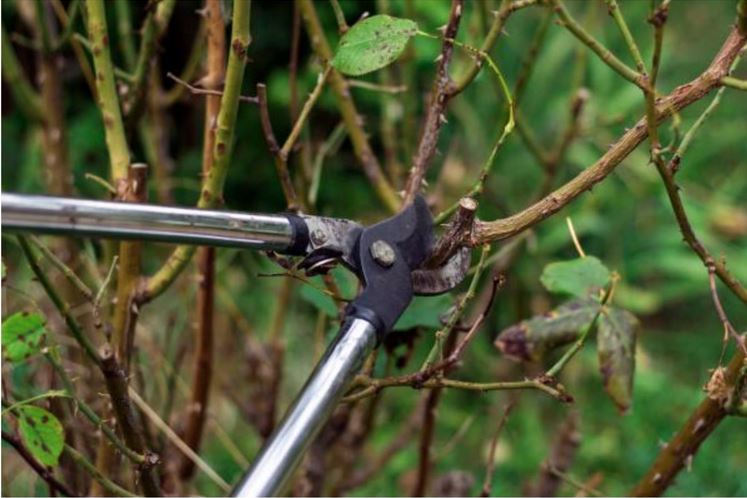
Timing is important here-for example late Fall is NOT the time to prune since there is not enough time for branch wounds to harden before transpiration ceases with the onset of colder temperatures. When one prunes too late in the year desiccation and disease infiltration can occur. With deciduous plant and trees, you most likely will not see any damage until Spring but there will be consequences. I cringe every time I see landscape crews out trimming and pruning just before Thanksgiving-I wonder what they were waiting for when their actions go against every horticultural best management practice.
So what trees, shrubs and grasses should be pruned now? Pretty much any tree and in particular fruit trees to get them ready to bear the weight of their bounty and to do so before any flower budding happens. Remember to also look down at the root flair-late Winter is the perfect time to remove girdling roots:
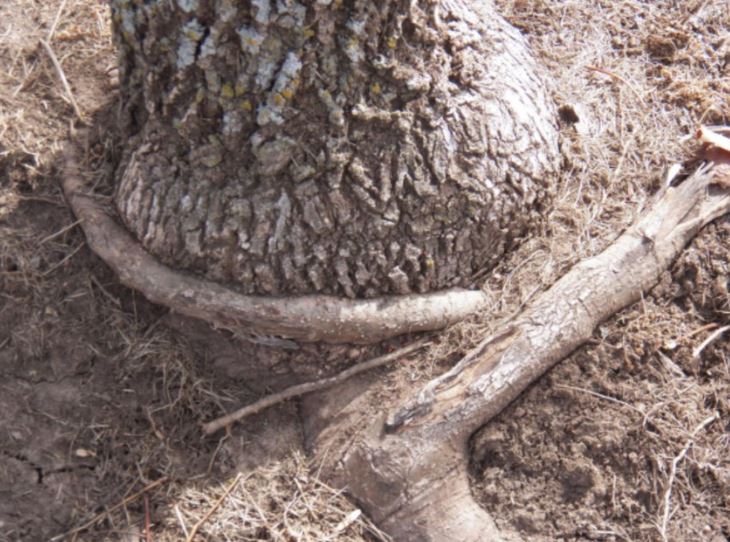
For both your deciduous and evergreen woody ornamentals such as Barberry, Spirea, Inkberry, Bayberry, Taxus, Juniper, Arborvitae, Boxwood (to name a few on a very long list) any action from minor shaping to major prune back is perfectly fine. Please remember to give thought to a time frame for each to recover to their best appearance-what that means is some ornamentals such as Barberry and Spirea will fill in in a matter of one to two Spring months after a severe cut back but Taxus and Boxwood will take longer-sometimes measured in years. Others such as certain Hydrangeas will produce different size flowers and have a different degree of sturdiness (such as after heavy rains) depending on how much old and sturdy stem is left in place.
For decorative grasses of any size leave the foliage alone all Winter (unless it hangs over egress areas) and do the necessary prune back in the late Winter also. Grasses are the fastest plants to grow back.
Major prune back examples:
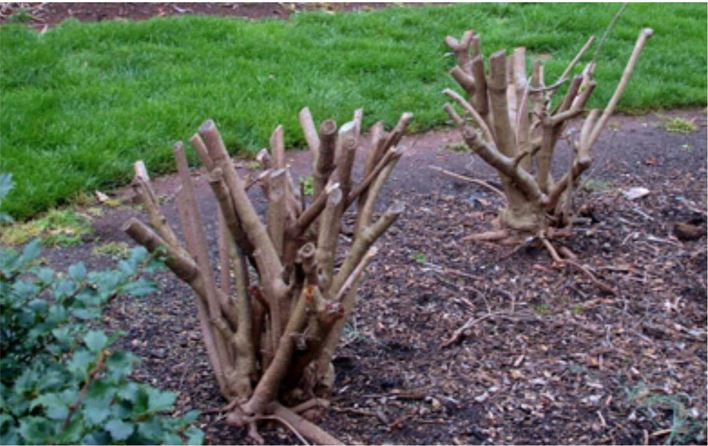
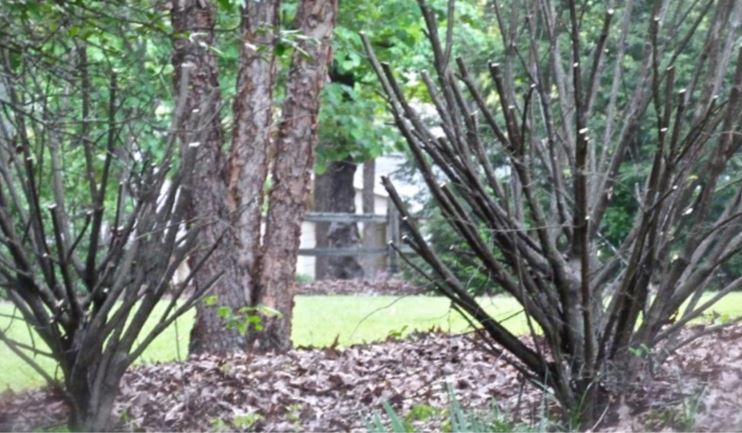
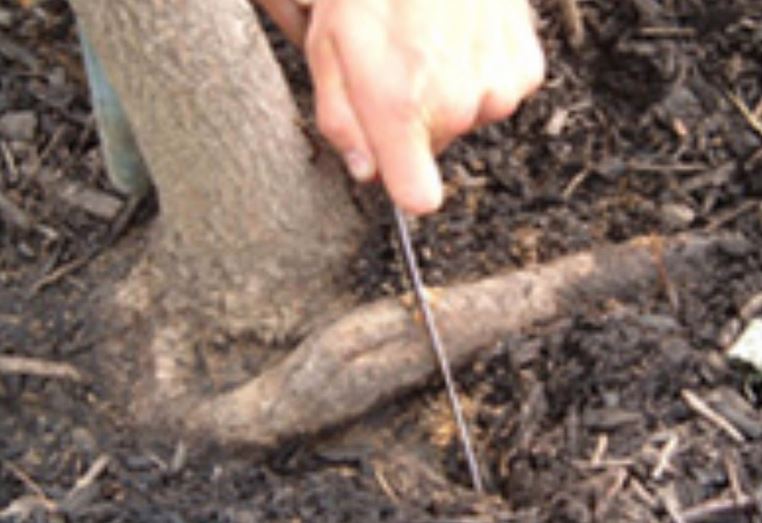
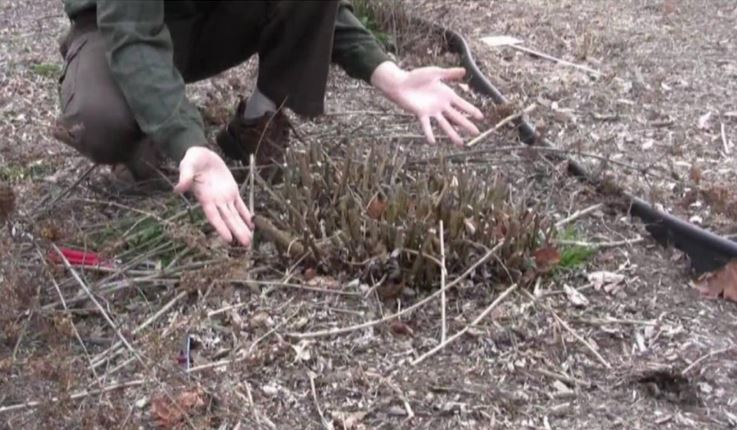
A further note on the Taxus is in order here as they are the most incorrectly pruned shrubs by a wide margin. Many landscapers and homeowners are afraid to regularly prune back the top sides so that light will reach the lower sides. This results in a “mushroom like effect” where the top is wider than the bottom and the lower plant devolves into woody branches devoid of foliage. Left alone to years of poor pruning and there remains only two choices-a severe correction to shape that will take years to fill in or the plant’s removal. Think twice before butchering that hardy evergreen!
Not every plant is meant for late Winter pruning, in particular Azaleas and Rhododendrons (and others that rely on a hardened bud to bloom in the Spring). These plants should be severely pruned (if needed) within two weeks of their blooms dying off. They can be pruned back anytime as long as you are not depending on a full bloom the following Spring-again it is all in the timing. I prefer to hand prune my Azaleas and Rhododendrons within that two-week window and periodically break off BY HAND the assorted stalks that grow out all season long. This preserves the buds for bloom on the main canopy and the raw break helps to stunt the branch into giving up its quest to rise above the rest of the main canopy. A clean cut would merely signal the branch to continue reaching anew for the sky when no one is looking.
The following diagrams help to illustrate proper reasons for and the results of pruning for trees:
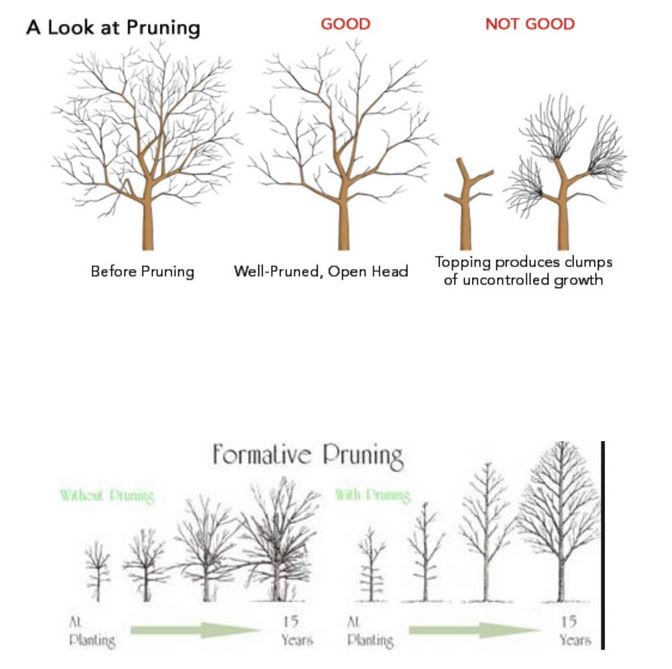
Ornamental shrubs are basically no different than trees-you are pruning to let light in, to shape the plant, to take some weight off and allow the plant to give us the appearance it was meant to have. Proper pruning will mean healthier landscapes and less replacements needed. To me this is a no-brainer. If you are unsure of how to do this vital landscape function there are numerous how to videos out there-and many are plant specific. The proper tools are not expensive so what’s holding you up? Besides it’s a great reason to get some sun and air after being cooped up all Winter! Plus make sure to keep all pruning blades SHARP-plants recover much faster.
Some final notes-your plants will want a little food to grow out and shine again-apply a generous layer (about ½ inch) of stabilized organic compost around the base of any ornamental plants out to the diameter of the canopy. This will slowly enter the soil profile and get down into the root zone and make all your efforts worthwhile. After applying the compost put a 1.5 to 2-inch layer of quality mulch down and just wait out the new growth!
For trees you may want to go a bit further with fertilizer spikes or in the worst case a deep root feeding.
I don’t recommend deep root feeding ornamentals after a severe pruning as this may cause growth to spike too far and too fast-let the compost do its job.
February 20, 2019
Keeping Busy with Continuing Education, Recertifications, Trade Shows, Teaching and Webinars
Winter is a great time for me and it should be for everyone in the “Green Trades”. Most of us save those that are in “snow business” have plenty of time on our hands to devote to equipment repair, business building, customer contact and two staples of our trade.
Education and Trade Shows
Last December I had the privilege of spending a week teaching nationally for the Irrigation Association at our conference in Long Beach CA. The IA is the worldwide go-to association for all aspects of irrigation such as landscape, golf, sports fields and of course agriculture. Being invited to teach among such a small and select group of dedicated people was an absolute thrill for me and I look forward to participating in many other national and international education events as well as writing certified courses. And it’s on to Vegas for December 2019!
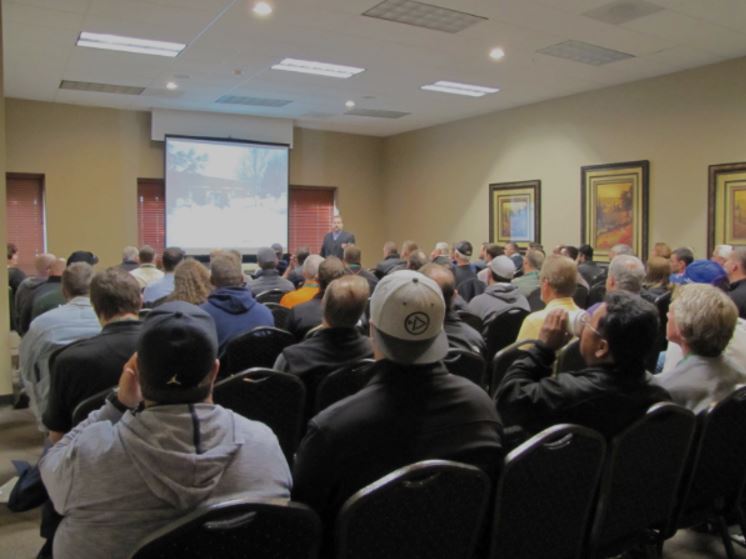
This year I spent two days at the New England Water Works recertifying my Backflow testing credentials. I thought I knew it all yet I picked up some nuggets of wisdom from an old timer that will serve me well into the future. We truly are never too old to learn.
Next up I taught four courses I wrote for the Irrigation Association of New Jersey at our Winter Tech Education conference this past January. The titles were:
Protect Yourself by Avoiding Legal Landmines: One Contractor's Views on Contracts, Licensing & Other Legal Dealings
Dripline Installation
- Design Considerations and Methods for Various Situations
Plant, Soil & Turf
Types and the Implications for Irrigation Contracting
Navigating the HOA
Maze: Do’s, Don’ts and Methods to Upsell Water Conservation

This March 7th I will also present the last two of the above courses to the Connecticut Irrigation Contractors Association in Meriden. They are a great bunch to present to and this will be my second appearance there. My final teaching gig until late Summer Tech will be presenting a webinar for the NJ Landscape Contractors Association March 23 that will be a condensed version of my HOA course. Let’s not short change the Trade Shows-there are two coming up. The NJLCA Education and Trade Show is this February 26-27 at the Secaucus Convention Center and finally the 50th anniversary of the Aquarius Supply House and their trade show March 1 at the Hard Rock Casino in Atlantic City-be there or be square! Winters are a blast-there’s nothing quite like it for our industry if you stay engaged. I urge everyone to take full advantage of all it has to offer!

February 17, 2019
If I didn’t see it firsthand, I would have thought this was in another part of the country…
A few days ago, I went to my local Advanced Auto parts store to buy a new battery. As I pulled in, I see three police officers from my town and a county sheriff going through a car and the belongings of its occupants. Both the woman and the man were standing there watching. They were African American.
The officer hands the man his back pack after searching it (more like a lunch bag in size) and lets him enter the store. The man, about 25, is livid. I speak with him as he comes into the store and he explains this is the third time this week this has happened. He is waring an Advanced Employee shirt-he works there! He says each time it is a different set of cops that do this to him and the first time when his boss went out to explain that he works here the police ordered him not to interfere.
As I was leaving, they were still rifling the girlfriend’s car. It was going on for more than 20 minutes and they still hadn’t found whatever they were after.
These are dark days indeed when a working man gets repeatedly harassed like this in front of his place of employment. The fact that it happened three times in the past week makes no sense at all unless driving to work while African American is now probable cause to stop and search.
When will this end? This is America where unlike most of the rest of the world there is this piece of paper known as the Bill of Rights. Don’t let it fade away.
Mar 25, 2023
Hydretain Water Savings Application
March 25, 2023
Introducing our latest offering that will save water AND help to keep your lawns and gardens green during the Summer:
Hydretain:
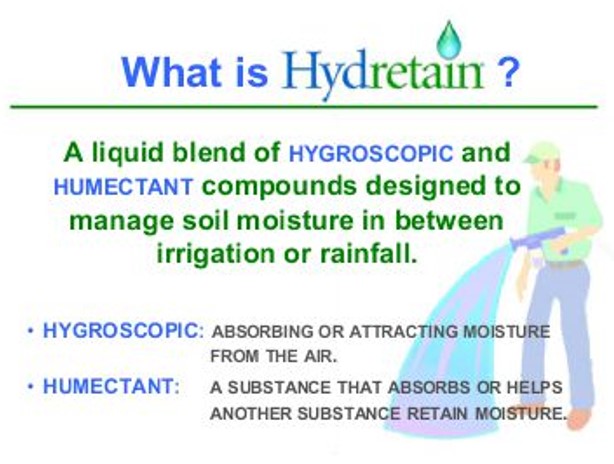
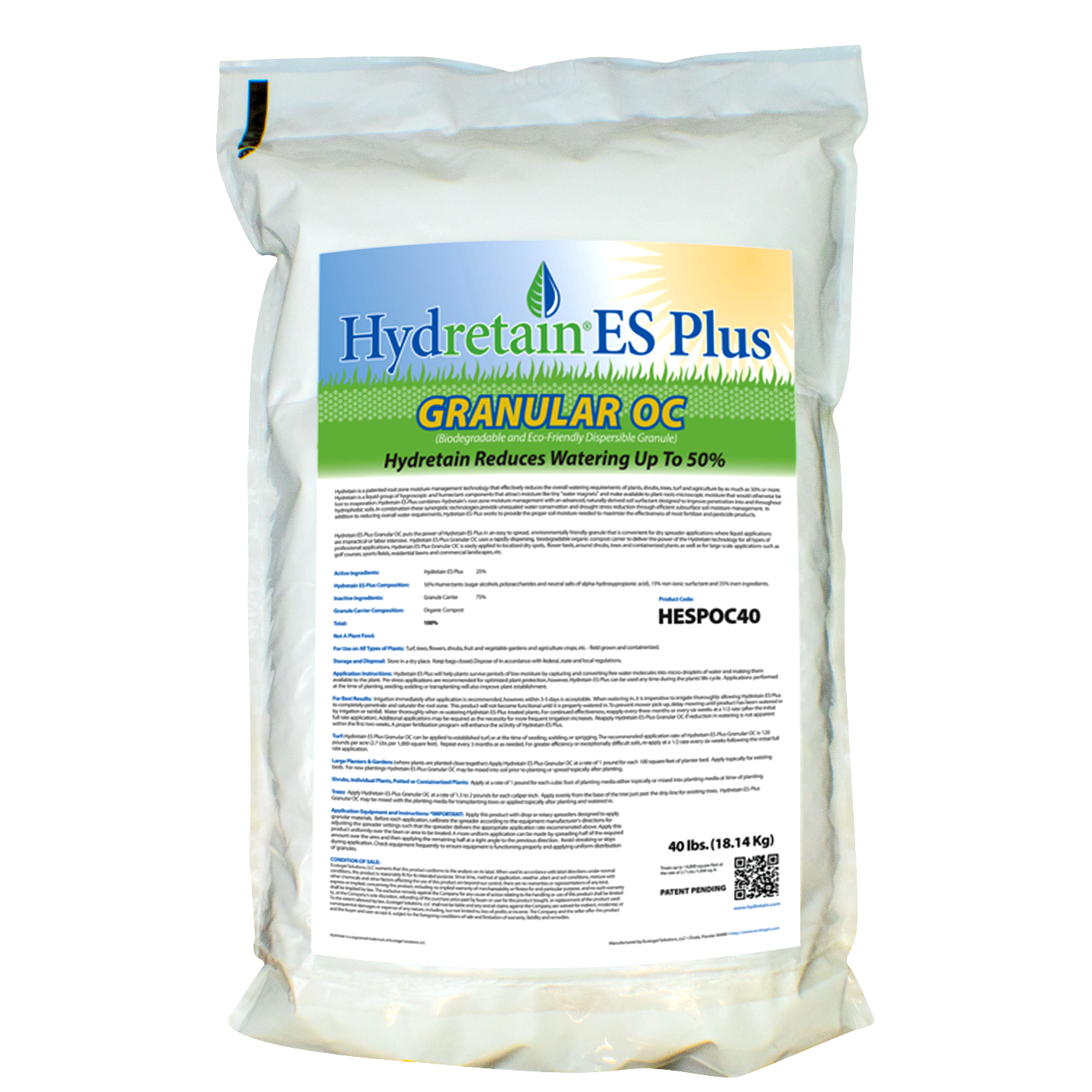
Click HERE to visit our main Hydretain page and learn more about this product. Saving water has never been so easy!
Mar 14, 2023
Hydretain Water Savings Application
March 14, 2023
Introducing our latest offering that will save water AND help to keep your lawns and gardens green during the Summer:
Hydretain:


Click HERE to visit our main Hydretain page and learn more about this product. Saving water has never been so easy!
Mar 15, 2019
Heavy Duty Hoses With Aluminum Connections?
A word of warning to homeowners buying heavy duty hoses with all ALUMINUM connections-see below:
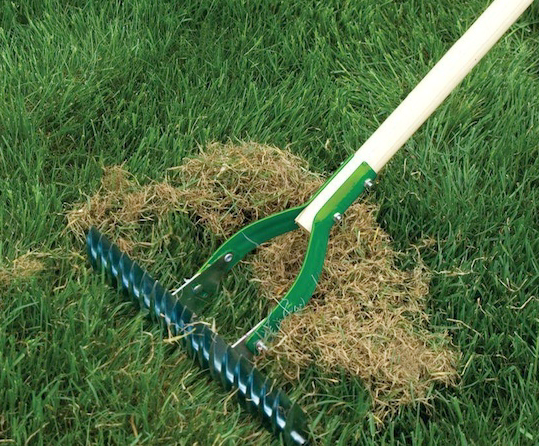

You better use Teflon tape and a good grease because ALUMINUM AND BRASS DO NOT GO TOGETHER!!!
Even these precautions are only a stopgap.
Why you ask? Aluminum normally corrodes VERY Slowly over VERY Long periods of time. You won’t notice any issues for decades with almost any STAND-ALONE aluminum that is not in contact with another metal. The problem starts with the cathodic reaction (which is a corrosive reaction where hydrogen ions brake down to hydrogen gas and their electrons flow to a conductor-in this example the brass). The nature of the brass as a cathode will ensure that after a short time your new over top expensive garden hose will be permanently joined to your hose bib (and by extension your house).
Get ready to call your plumber to replace the hose bib and DO NOT REORDER AN ALUMINUM FITTED GARDEN HOSE!!
In the future marry BRASS to BRASS or BRASS to Plastic. Why a company would sell these is anyone’s guess-and it is costing consumers BIG TIME!
Mar 10, 2019
Rain, Rain Go Away!
Rain, rain, go away - Come again another day
And the rains keep falling…AGAIN this past 2018!
It seemed like every 3-5 days another 1, 2, 3 or more inches fell from the sky. No one needed their irrigation systems but don’t think this pattern will continue. Weather has become more unpredictable long term and shows no sign of this predictability problem abating anytime soon.
The soil profiles everywhere were super saturated last year except for the four weeks from late June to late July. When this occurs, plants struggle in many ways such as lack of air in the root zone which in turn causes stunting and rot. Another problem is the leaching (washing out) of essential nutrients that the plants depend upon causing all manner of health stress.

During 2018 many of the irrigation systems in use added to this problem by watering when it was obvious that no additional irrigation was needed. Systems equipped with simple Rain Sensors provided a false sense of security in that the sensors would always dry out before the soil and allow an irrigation cycle to start. During 2018 this amounted to a huge amount of wasted water-all of which could have been saved (along with the money spent paying for it).
If you haven’t done so yet please visit two other pages on this site for advice and products that will save you water AND money. The return on your investment is a fast 1-2 years depending on property size and of course the unpredictable weather itself.

So-what are you waiting for? Since you are already in the site head over to the “Our Services” menu or just click on < ahref="https://www.north-jersey-lawn-sprinkler.com/water-saving-smart-irrigation-productss.html">Water Saving Smart Irrigation ProductsBut don’t stop there-also click on
You owe it to yourself, your landscaping and your wallet to at least consider upgrading your irrigation system to maximized water conservation. As the saying goes:Money saved is money earned!
Mar 24, 2018
To Thatch or Not to Thatch-that isn’t even a question!
Last year was a terrible year for lawns. So now is the time to get outside and make 2018 a great year for your lawn!
My post today is about something most have been ignoring for some time - that nasty layer of thatch buildup in your lawn. Thatch is a layer of living and dead material accumulating in your turf which prevents water and lawn treatments from getting to the “root” zone.
Composed of stems, dead crowns, fibers, surface roots and most importantly-LIGNIN. Lignin is an organic polymer contained in the cell walls of most plants which allows them to stand upright instead of laying flat to the ground.
It’s highly resistant to normal decay channels (via microorganisms) and can build up rapidly due to poor lawn care habits like frequent light irrigation or too much quick release nitrogen fertilizer.
Thatch is detrimental if the layer is greater than ½ inch thick. When less than ½ inch it provides insulation from cold, provides protection from foot traffic cushions impacts on sports fields and keeps weeds from gaining a foothold in lawns.
At thicknesses greater than ½ inch problems can arise. Insect activity, blocking of lawn treatments from getting into the soil, knotting up turf roots near the surface and triggering lawn “scalping” due to mower wheels sinking into the thatch’s spongy layer.
Choosing correct grass varieties keeps thatch minimized. Common turf like Kentucky Blue Grass and Creeping Fescues are prone to faster thatch buildup than Perennial Ryes and Tall Fescues.
Similarly to poor irrigation habits and too much nitrogen is the pH of the soil being too acid for turf (below 5.5), lack of microbial presence from excessive pesticide applications, compacted soils and low earthworm activity also contribute to thatch.
A proper turf management program aims to limit thatch accumulation. This includes mowing only 1/3 of the grass height each cut and mulching clippings. A common misconception is that grass clippings add to the thatch layer-they don’t if the layer is less than ½ inch. If the layer is already too thick then it’s maybe an issue as microbial activity necessary to break down the clippings would be compromised.
So, you have a thatch problem-what do you do? The best thing is to reduce it mechanically via dethatching and/or aerating. Plan on early Spring or late Summer/early Fall when there is at least six weeks of growing time ahead. Dethatching can be done by hand or with a thatching machine:
 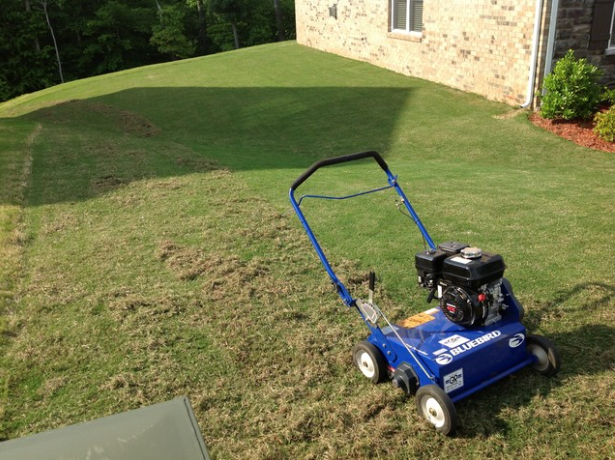 |
Aeration is less damaging to the turf crowns and is the best go to solution:
It breaks the thatch layer allowing oxygen, water, fertilizers and weed pre-emergent treatments to reach the soil layer. A thatcher will not do this.
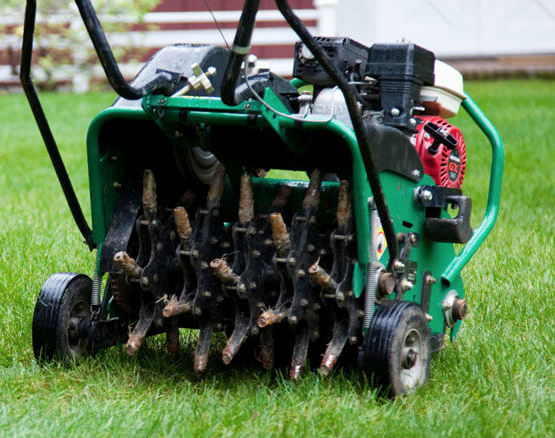
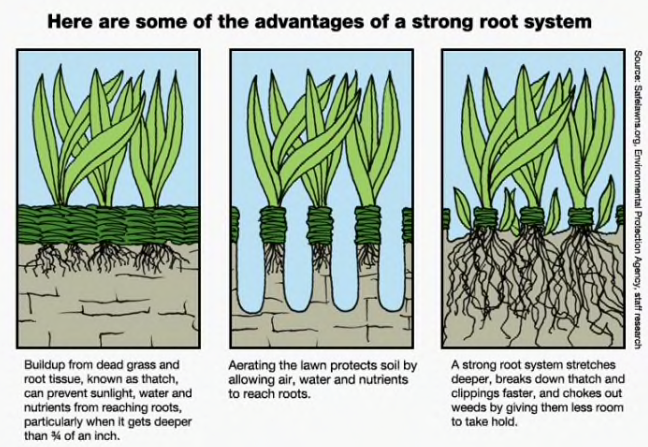
So your path is clear - go with the aeration. And don’t forget to over seed with a good Tall Fescue and stay away from that Kentucky Blue Grass!
Mar 23, 2018
Some Tips to Get Going this Spring
1. If you haven’t already pruned back your deciduous trees and shrubs get out there NOW. Time is important especially for barberries, spireas and small ornamentals. Trees can wait a little longer but not too much.
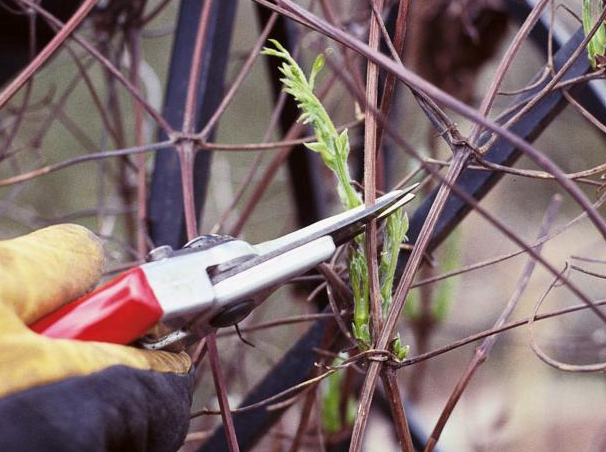 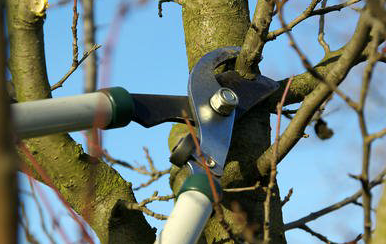 |
2. The same goes for your woody evergreen ornamentals-now is the time to dig in deep and cut them down to size. You will be amazed at the rejuvenating effect aggressive pruning in late Winter/early Spring has on older plants that you though had outlived their usefulness. Spread some compost around the base to get new growth moving fast and enjoy the results. Keep those tools sharp!
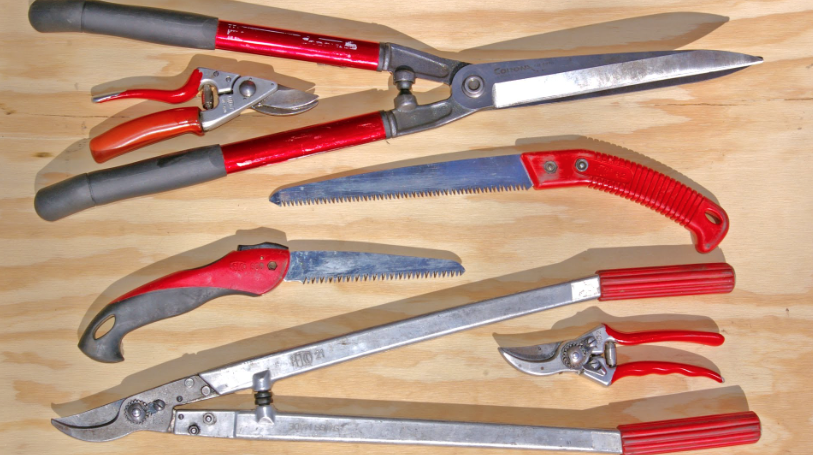 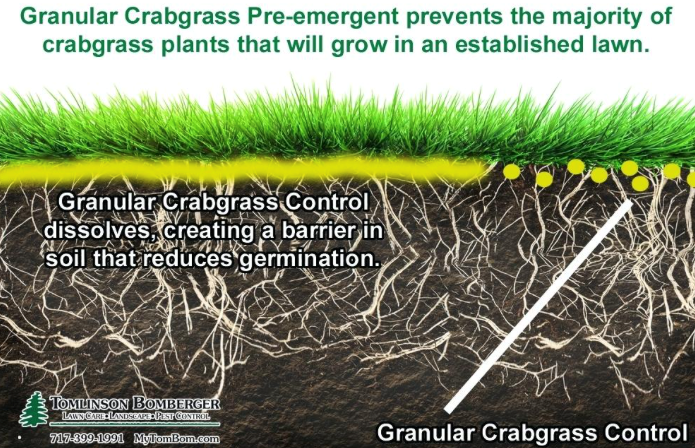 |
3. Don’t wait too much longer to apply pre-emergent treatments to lawns. Soil temps are getting warmer earlier these past few years and weeds (in particular crabgrass) are much more difficult to control after they sprout. If you are planning on seeding follow directions regarding time periods between applying a pre-emergent and laying seed. Germination may suffer.
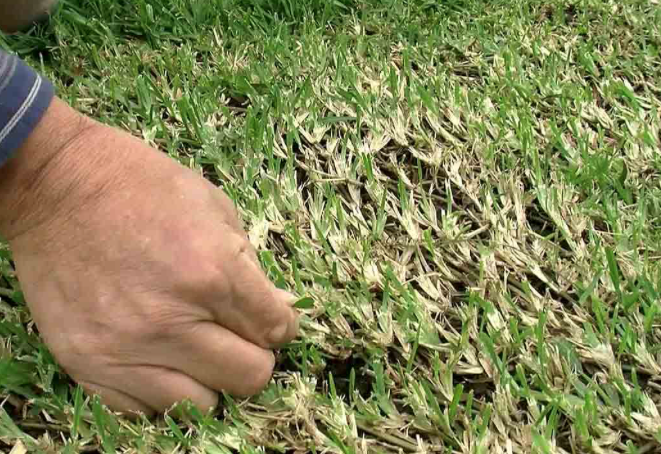
4. Do not cut your lawn shorter than normal even if it is only for “the first time”. You may be exposing the turf crowns to a sudden freezing event that could injure them at precisely the wrong time of year.
Good luck to all this Spring-many challenges are ahead. Let me close with this piece of advice-hire the very best lawn care company you can find and build a personal relationship with the crew and foreman. You will benefit in so many ways.
Mar 23, 2018
Spring is fast approaching so let’s all get ready!
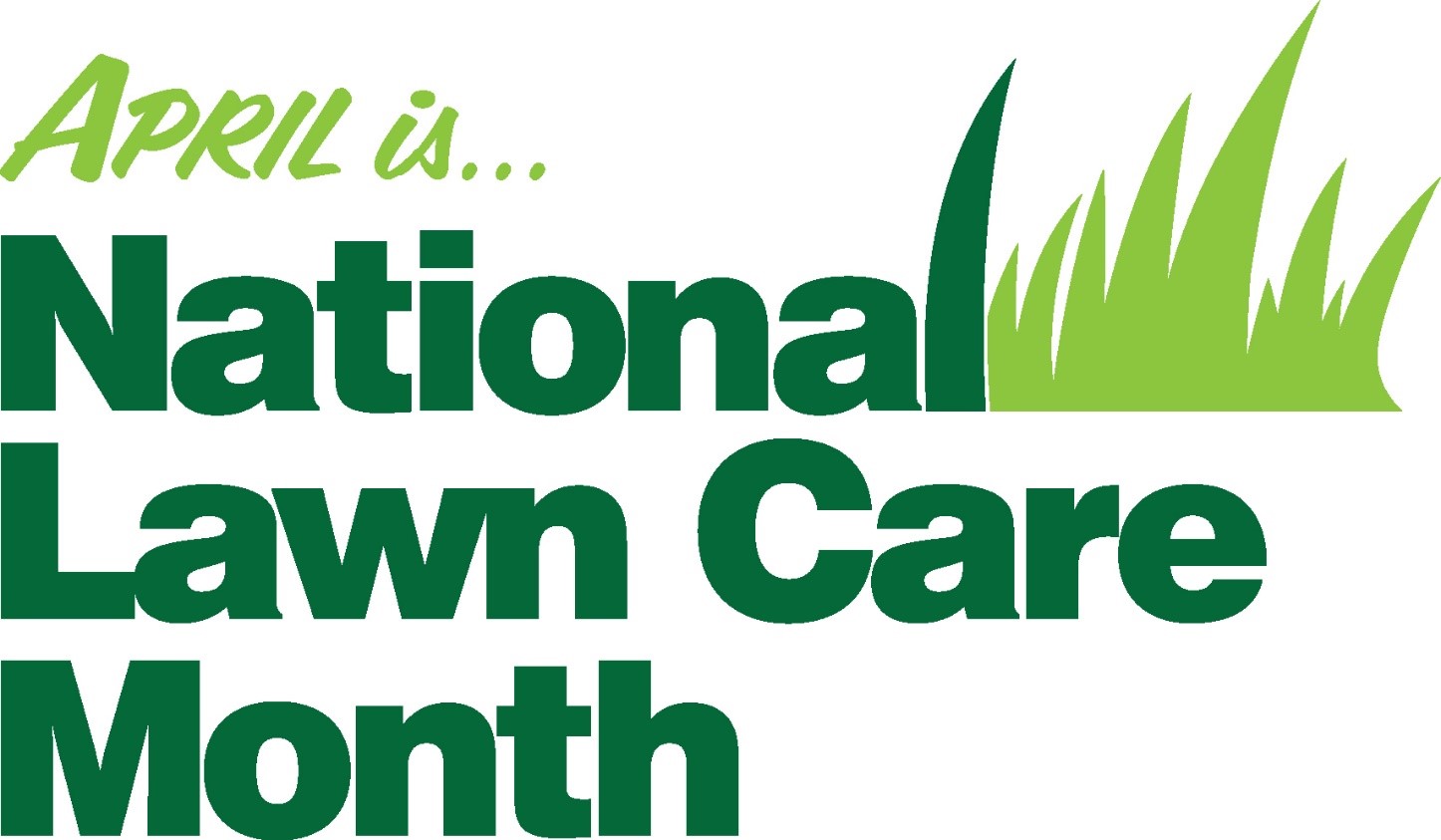
Just a few reasons…
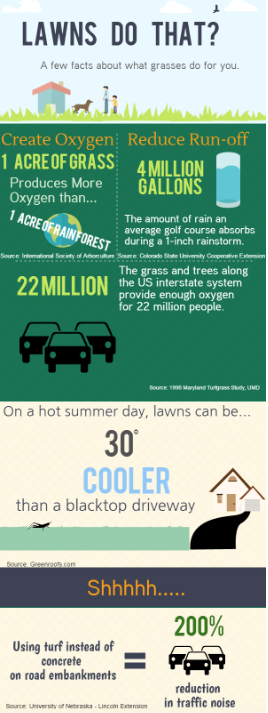 | 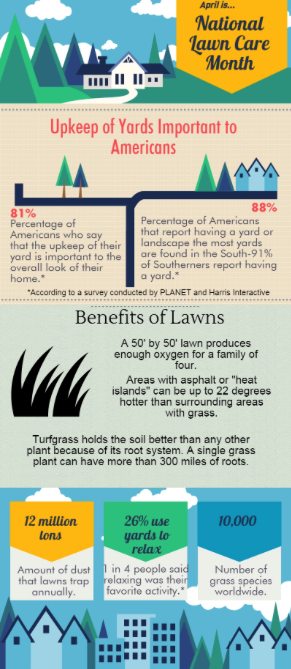 |
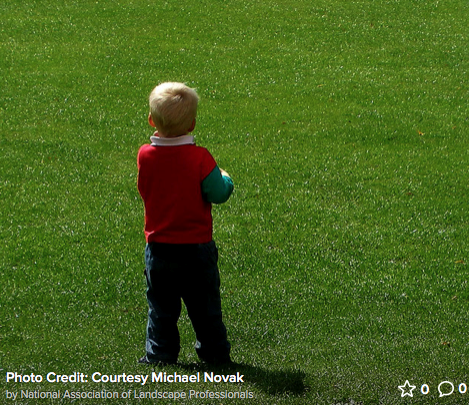  |
Enjoy the turf everyone! I know this little guy will…and his big buddy!
Aug 08, 2017
And The Rains Keep Falling....
Unlike the past two Summers, every 5 to 10 days it seems as if the skies open up and soak our landscapes just as they are beginning to dry out.
While this is a welcome change from the extended dry periods we endured in 2015 and 2016 there is something that bothers me-how much water is wasted when homeowners (and some commercial properties) irrigate during or immediately following very heavy rainfall amounts.
I see numerous irrigation systems running in the morning and for several days after these events when a simple Rain Sensor shutoff device would save this water for future use. Though these devices are 1980s tech they still do serve as an important component in the water conservation efforts we should all strive to implement.
My personal take is that I do not install Rain Sensors on any new irrigation systems-I install Climate Control systems that go way beyond what a simple Rain Sensor will do. Climate Controls will vary your watering based on weather that occurs on your property (unlike internet based irrigation controls which can easily miss your
particular weather or Rain Sensors that only interrupt a fixed program).
Since you are already in my website go to “Water Saving Smart Irrigation Products” under the Services Menu and check out ways to conserve water and still provide your landscape with its needed moisture. You’ll be glad you did.
Aug 07, 2017
August 10 2017- Classes and Meeting
This Thursday August 10th I will be teaching two 4 credit continuing education courses for the Irrigation Association of NJ at Storr Tractor on Rt. 22 in Branchburg NJ. The course titles are “Scheduling for Water Conservation - Past, Present and into the Future” from 8 AM to 12 PM and “Dripline Installation Design -Considerations and Methods for Various Situations” from 1 PM to 5 PM.
At the same location, the NJ Landscape Contractors Association will be holding their monthly meeting from 6 PM to 9 PM sponsored by the Affinity Federal Credit Union. This meeting is approved for (2) National Association of Landscape Professionals Certified CEUs.
Contact Candi Calderone at the IANJ to attend either of my courses at 973-850-3366.
Contact Gail Woolcott or Maria Albuquerque at 201-703-3600 to attend the evening NJLCA meeting.
Jul 10, 2017
"Rain Sensor" - A Misnomer For Sure!
If I’ve heard this once I’ve heard it thousands of times-
“Those rain sensors don’t work-I’ve seen sprinklers running while it’s raining!”
Well let me put that notion to bed once and for all-THE FACT THAT IT IS RAINING HAS NO BEARING ON WHETHER A RAIN SENSOR WORKS (or not).
The device does not actually “sense” rain-it measures it. After a preset amount (be it 1/8, ¼, ½ of an inch or more) it will react and shut down a system or prevent it from activating until the sensor dries out. The device saves an amazing amount of water if set properly-just let it do its job without judgement.
That being said remember that Rain Sensors are 1980stechnology-they will not adjust your irrigation program.
For that you will need a Climate Control system witheither an onsite weather station or an internet based controller. I recommend both but prefer the onsite model for accuracy. For more info check out my “Water Saving Smart Irrigation” page and click on the Climate Logic video-your path to saving water is a phone call away!
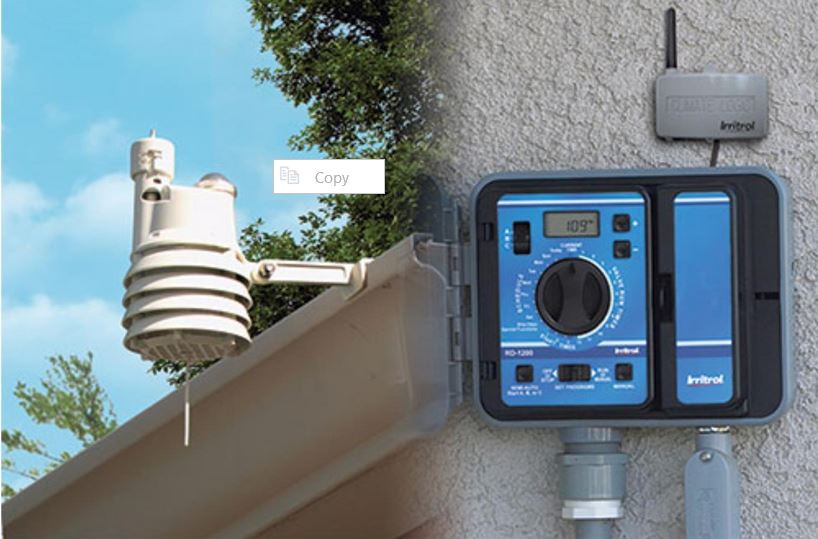
Feb 28, 2017
CAN YOU DIG IT?
This blog is for all my friends in the Landscaping trades.
If you're not Attending Trade Shows, Taking Classes or Watching Webinars YOU ARE FALLING BEHIND!
“Learning is not attained by chance. It must be sought for with ardor and attended to with diligence”.
Abigail Adams (1744-1818) First Lady of the United States.
“The secret in education lies in respecting the student.”
Ralph Waldo Emerson (1803-1882) U.S. poet, essayist and lecturer.
The quotes above are as true today as they were in times past. It applies to our industry today with a renewed emphasis due to the changing demographics of the client, new products and the instituting of never ending regulations. Now more than ever we all better arm ourselves with the one substance that will keep us ahead of the pack-KNOWLEDGE! Teaching adults is different from children-we tend to possess deeper base knowledge and thus concepts are understood quickly. We learn better with short burst instruction. When we see-do-think it allows us to remember-understand-learn.
We retain knowledge better when we are presented with instructional steps that are linked to our senses. Seeing and Hearing will only take us so far - Saying and Doing brings us full circle.
Thankfully most all educational offerings in the landscape field be they short presentations at trade shows, association meetings or webinars are geared to adult learning.
The catch? You must make an effort to seek them out and open your mind to learning. When attending classes or other venues ask yourself these three questions: “How would I apply this concept, product, design or method in the field?” “Why would I want to do this?” and most importantly “How can I improve my company and my bottom line?” Answer these questions honestly and you will find a desire to open your mind to other educational opportunities as they arise.
The end result of seeking knowledge is that it makes you THINK. Thinking leads to new ideas. New ideas can make your company (and you) more efficient, profitable and respected by your peers.
Educational opportunities abound in the landscape industry and the topics are as varied as the services we offer. If you haven’t attended the numerous venues available to you than it is time to get on that horse and ride into a better future. Look forward not backward.
Bio:
John Raffiani has been in the industry since the late 1950’s when he started to work at his grandfather’s shrub farm and greenhouses. Since 1965 he has installed numerous landscape, lighting, drainage and irrigation systems throughout the U.S. He also teaches irrigation, soil amendments and business courses for the Irrigation Association of NJ and others.
Feb 25, 2017
SOIL AMENDMENTS CAN MAKE (OR BREAK) YOUR PLANTING AND TURF INSTALLATIONS
To amend or not to amend - that’s not even a question. If the soil is tired and depleted of essential organic matter, the pH is incorrect for your plant material, compacted, leans towards all sand or all clay then the answer is always “yes”!
Soil amendments can be organic or inorganic and are utilized for improving water holding (or drainage), salt leaching, deeper root systems and nutrient enhancement. A soil test from njaes.rutgers.edu/soiltestinglab will give you a definitive answer of what is needed (Their slogan-“Don’t guess-soil test!”). In lieu of a soil test you can do your own pH and soil texture tests and amend accordingly so let me be product specific in this limited venue.
For the maximum effect the best time to add the following products is after aeration.
FOR HEAVY CLAY AND COMPACTED SOILS:
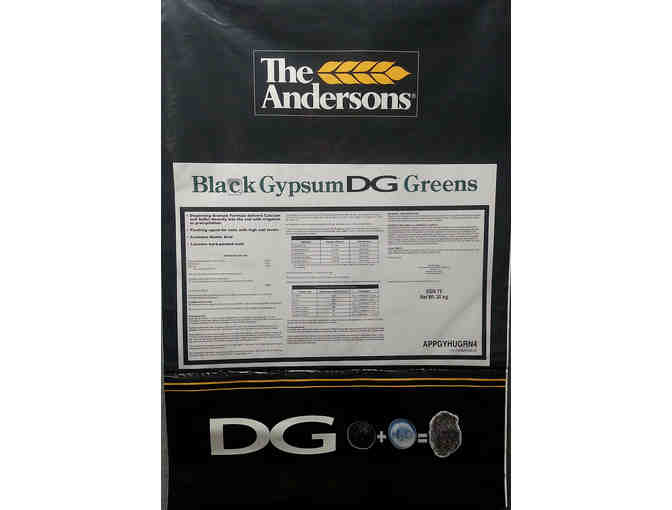 | Black Gypsum DG from The Andersons company. It is fast dissolving, loosens clay, increases calcium and sulphur without pH change, reduces soil salinity, improves soil structure and reduces thatch. |
FOR SANDY SOILS WITH LOW ORGANIC MATTER:
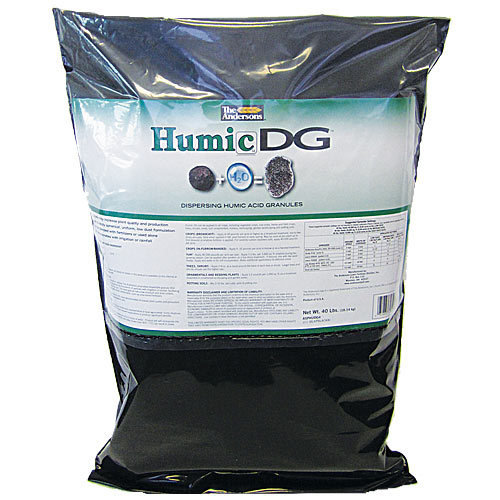 | Humic DG from The Andersons. Also fast dissolving it stimulates beneficial organisms, stabilizes pH, improves soil structure and enhances air, nutrient and water movement. |
To add organic matter regular HUMUS works well but should be tilled or raked in. Don’t overdo it-too much is as bad as too little. Another product I like for adding organic matter is a pelletized compose - it dissolves fast, works topically and one that is derived from leaf and yard trimmings-no manure.
In closing one final product I like is BIOCHAR. The following says it all:
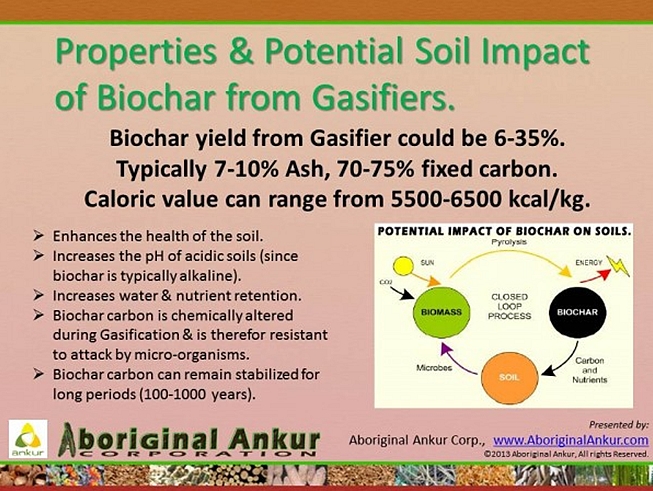 | 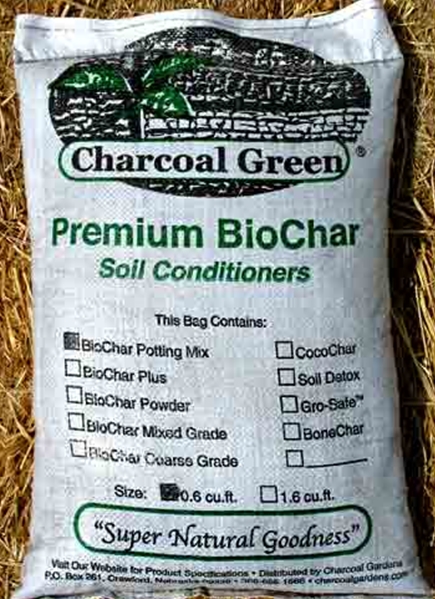 |
Happy amending to all and have a great season.
Feb 18, 2017
NJ Landscape Contractors Association 40th Annual Trade Show

On March 8, 2017, the New Jersey Landscape Contractors Association will be presenting its 40th Annual Trade Show and Conference at the Meadowlands Exposition Center in Secaucus, NJ.
I will be hosting two events that day. The first between 7:00 am and 8:00 am is a group round table discussion on the subject of protecting yourself with your contract. The contract, clauses and insurance discussion is topically different from my second presentation between 10:10 am and 10:55 am. At the later event I will be discussing in detail what you may be either ignoring or be unaware of pertaining to your contracts and requirements from a Home Improvement Contractor Registration Act standpoint.
The information presented may be eye opening to many of you when you actually see how vulnerable you are to a world of trouble while simply plying your trade. And I found something potentially unsettling in a recent law that adds one more level of regulation we really don’t want or need.
Remember when you register for the Trade Show to also PRE-REGISTER for the 7:00 am round table discussion as seating is limited to the first 10 to sign up.
Call 201-703-3600.
Join us on at the Trade Show March 8th by registering at: njlandscapeshow.com
See you all there!
Nov 01, 2016
Teaching at the NJTA Green Expo and Trade Show
I will be teaching two Water Conservation courses at the Borgata Hotel & Casino in Atlantic City December 7, 2016 for the New Jersey Irrigation Association at the NJ Turf Associations Annual Green Expo. The first one is “Plant, Soil and Turf Types and the Implications for Irrigation Contracting”. This multi-level course covers the basics of soil science, plant selection and the associated influence on irrigation programming.
Upon completion attendees will gain the ability to diagnose turf and plant issues and share the resulting information with their clients. We all know that a little bit of knowledge can go a long way to building the trust between a contractor and their customer as well as closing the initial sale.
The second course is “Scheduling for Water Conservation -Now and for the Future”.
It begins with conventional scheduling concepts then moves into plant/soil based, weather adjusting, moisture sensors, ET and concludes with Internet enabled/assisted programming.
Attendees will become familiar with the multiple methods available to not only reduce water use but to also stand out in their client’s eyes.
To register for these courses, contact the Irrigation Association of NJ at 973-850-3366 or online at ianj.com.
Also, consider attending the Green Expo show at the Borgata December 6-8, 2016. There are numerous courses available over the three days that will inform and educate those of us in the green industry so that we can improve our knowledge of all things plant and turf (plus add to our bottom lines).
To attend the Green Expo, contact the NJ Turf Association at 973-812-6467 or online at njturfgrass.org.
May 14, 2016
Do You Suffer From O. M.?
Hopefully you don’t due to the fact that O.M. is extremely detrimental to your shrubs, flowers and perennial plants. So what is it? It’s OVER MULCHING! Since mulching is one of the simplest and most beneficial practices you can use in the garden one would assume that more is better-WRONG! Mulch is simply a protective layer of a material that is spread on top of the soil.
It should be no more than 2-3 inches thick to allow water to easily penetrate to the soil below. It helps to minimize weed growth and maintain soil moisture. When a layer of mulch is more than 3 inches thick the benefits of mulching rapidly decline. See examples below:
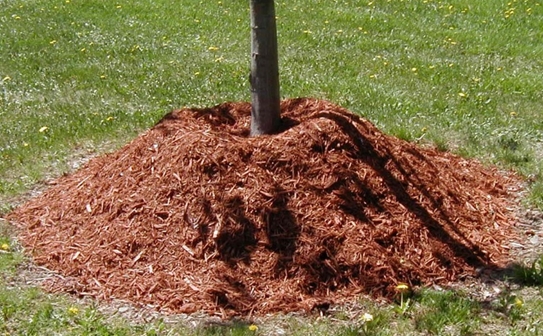
This is called a “mulch volcano” for obvious reasons. Note the plants root flare is suffocated which stunts the plants ability to be healthy and thrive.
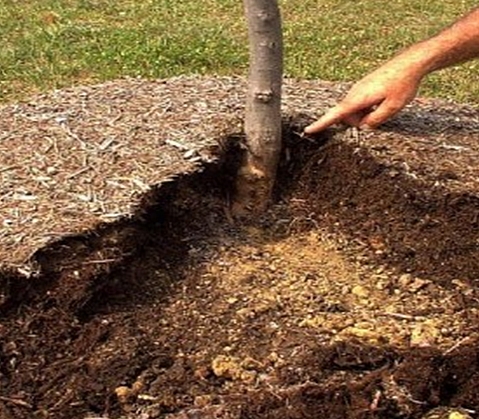
Your plants don’t stand a chance unless you relieve the O.M. Allowing the root flare to be exposed to the air is important for plant health.
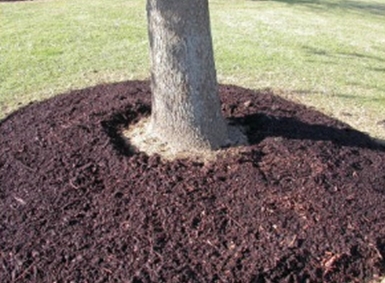
Mulch has many benefits other than moisture retention not the least of which is decoration. A properly mulched planting bed gives a finished look to any landscape:
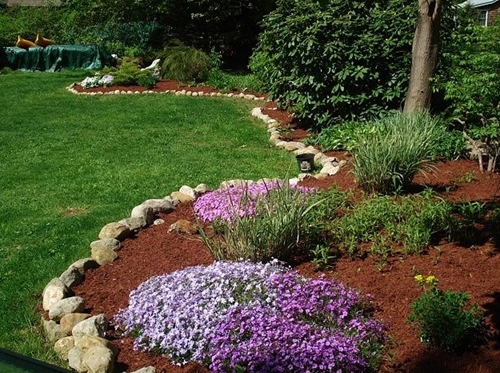
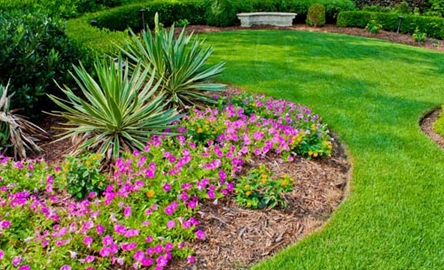
So don’t O.M.-your plants will thank you by showing off their full potential.
May 12, 2016
Those Pesky WEEDS!
The past two months may have been the perfect combination of weather for our lawns to thrive but there is a major consequence-WEEDS! Thankfully the thick spring turf grasses have for the most part choked out turf weeds but our planting beds, sidewalk cracks and driveway edges have not been as fortunate.
Here in the North East we were much warmer than normal from October 2015 thru mid-April 2016. And the weeds came along for the ride thus insuring a plentiful crop for the rest of 2016 unless controls are employed. See images below:
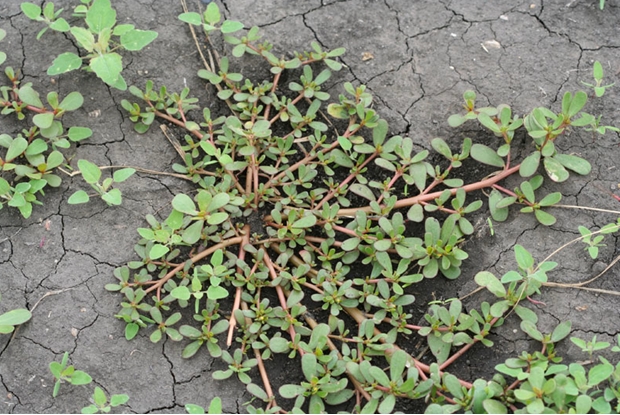
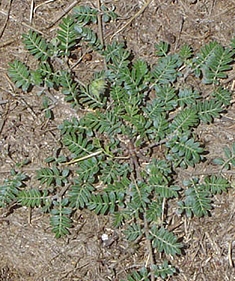
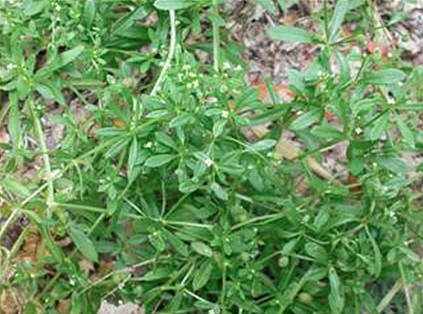
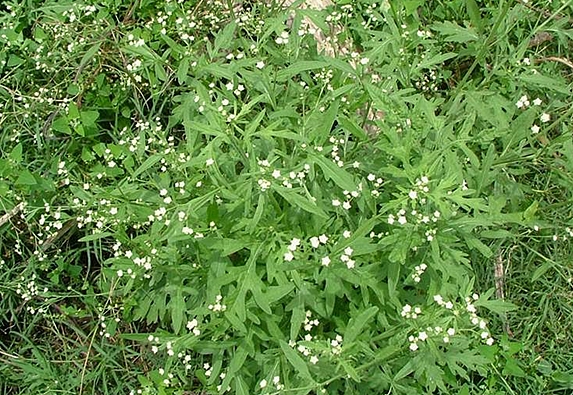
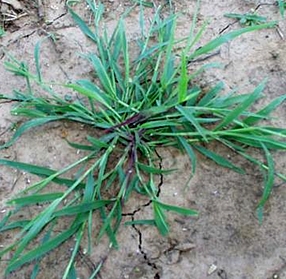
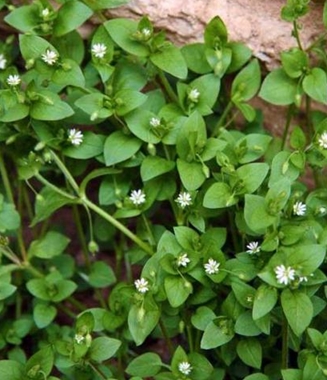
No need to name them-we’ve all seen them and numerous others. Do your best to get a handle on them before they take over your yard. Manual weeding is best for the environment but if not feasible then herbicides may be employed.
Think about hiring a licensed pesticide contractor to apply a pre-emergent next year that will stop them before they start.
May 10, 2016
What a Spring for Turf Grass!
The warm weather the North East received this past March and early April with periodic rains were followed by a cooler period with more damp conditions. This climate pattern produced something that will benefit our lawns going into the summer heat-Deep Roots!
The resulting root growth stands in stark contrast to the past two Springs when our turf grasses remained frozen until late March. The thaw was followed by too much rain at the wrong time and warmer than average temperatures that inhibited root development. And then came the Summer...
From my observations 2015 produced some of the worst lawns I’ve seen outside of the drought years (1985—1995—1999—2002). Nothing seemed to work. The few really good looking lawns were most likely over fertilized. This year is different for the above mentioned reasons and the fact that grasses were infrequently mowed (and allowed to grow tall). See image below:
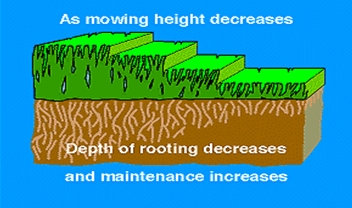
Add in aeration and our turf is now ready to outperform this season.
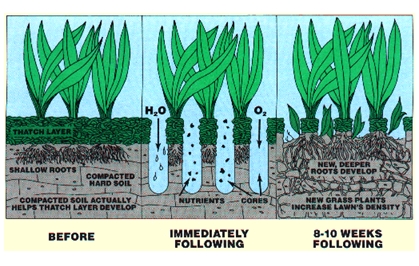
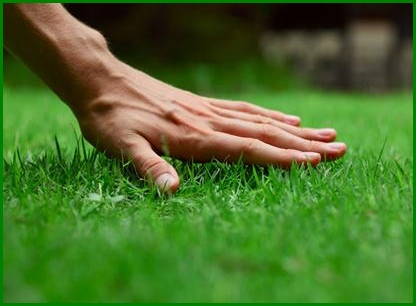
May your pasture be lush and green!
May 05, 2016
What To Do When Your Lawn Gets A Chemical Burn
Sometimes those nasty yellow dead patches on your lawn are not due to disease or fungal infection but rather it is caused by the application of a chemical or fertilizer in sufficient amounts to kill the crown part of the turf.The source of these chemicals can be road salt, animal urine, herbicides or simple fertilizers. See below:
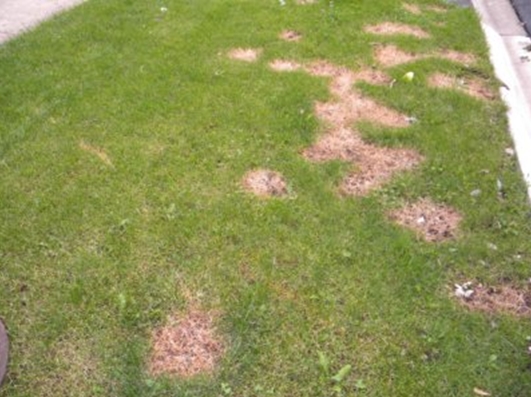
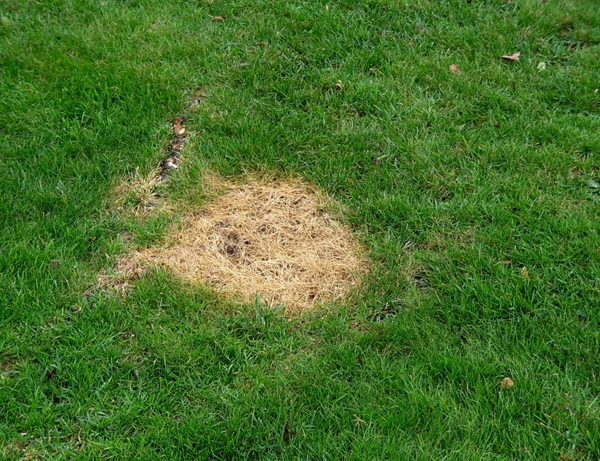

What a cutie! But deadly to your lawn!
What to do? First test the pH of the area-it should read 6.5 to 7.0. In my experience most of these spots are too acidic for most turf grasses (4.8 to 5.9). Correct this by first thoroughly soaking the area with your garden hose and then grinding up a small amount of pelletized limestone. Mix it with water and pour onto the affected area. Wait a few days then remove dead turf and sod or use top soil and seed.
If the pH is good then the turf took another hit from some type of chemical or fertilizer. Again-flush the area with water-repeatedly if needed. After a few days remove 2 to 3 inches of soil and turf. Add in new top soil then seed or sod.
Try to find out what caused the spill and take steps to prevent it in the future.
Apr 27, 2016
Watering Instructions For New Plantings
I recently received a phone call from a client regarding his watering of the new landscaping in front of his home. The client explained that even though he was watering everyday (as instructed by his landscaper) his shrubs were looking stressed. The more he watered the worse the shrubs appeared. He wanted me to direct him on how to water even more.
I was floored. I told him (while he was on his cell) to go outside and pull the mulch away from the shrub and feel the soil. He replied that it was soaking wet and muddy. After washing his hands I explained what the problem was.
His first mistake was listening to his landscapers’ erroneous instructions. I was familiar with the area-most properties had heavy red clay as their base soil. Watering every day in clay would fill up the planting hole and suffocate the plant.
He needed to immediately cease all watering and purchase a simple moisture meter. I told him to not water again until the plants perked up and the moisture meter (placed in the same spot he put his hand) read more towards dry than moist. He followed my directions and his plants did indeed recover. I told him to check several areas periodically with the moisture meter and only water when the meter says to.
Long story short he almost lost all his new plants due to poor information. When deciding how often to irrigate, even with new landscaping, ALWAYS CHECK THE SOIL TO SEE IF WATERING IS NEEDED.
If this clients’ soil were more towards sand I could see the more frequent watering needs. Soil type is the most important factor when determining watering duration and frequency.
Apr 22, 2016
When Sending Charitable Donations Verify, Verify, Verify! (And make the right decision).
Recently I received a donation request from a charity called the “Wounded Warrior Project”. They enclosed a “Forever” stamp to facilitate the mailing of my donation.
As I have been a many year contributor to DAV (Disabled American Veterans) I was intrigued as to the level of services they would provide for my donation as a percentage of each dollar donated.
Since I already knew that DAV used 96.5% of every dollar donated to help our surviving vets I was curious as to what percentage Wounded Warrior Project would use. So I went to charitynavigator.org to compare the two and discovered that WWP only used 59.9% of each dollar towards its stated purpose.
Note that in the world of charity entities almost 60% is considered OK. But given the choice of charities that perform the same service wouldn’t you want your dollar to do more? Plan on using the above website to EVALUATE ANY AND ALL CHARITIES BEFORE DONATING! Their service is simple and free.
Needless to say I am using their graciously provided postal stamp to send another donation to DAV. I know the vets will get a better bang for their buck.
Apr 18, 2016
To Yelp or Not to Yelp
There is an online review forum out there called Yelp. It is currently under the gun both legally and morally as the site that readily posts negative reviews and arbitrarily suppresses positive reviews.
They claim they suppress positive reviews if their server’s “algorithm” deems them to be “not recommended”. There are lawsuits ongoing that claim Yelp uses these underhanded business practices to get the businesses to pay them for advertising services.
It is also alleged that they have paid ghost reviewers to post negative reviews that are pure fiction in an effort to get those businesses to advertise. One court has ruled in their favor but the lawsuits continue.Investors have taken note and punished their stock price.
As a consumer you should also take note when using Yelp to review a company. At the bottom of the reviews page look for a faint line that says: “other reviews that are not currently recommended”. Click on this line to see all the suppressed, arbitrarily hidden reviews that will tell the true story of the company.
Also read any and all business owner responses to any negative reviews-you will discover there are always two sides to every story.
When using Yelp always “take it with a grain of salt”.
Jan 12, 2016
Pay Attention to your Surroundings-it may save your life!
On Dec. 26, 2015 a man walked right off a cliff in California while looking at his cell phone. He screamed for God to save him as he plunged sixty feet to his death. It is not known what he was looking at that was so important.
Every day there is another instance involving a person, a smart phone and an accident or other avoidable occurrence that makes the news (or YouTube).
With the advent of smartphones, and for no explicable reason, people from all backgrounds are mesmerized into a coma regarding their surroundings. There are people who stroll right out into traffic, walk off piers and fall off subway platforms. All because something on a 5, 6, 7 inch or larger display screen demands all their attention. And what idiot thought putting a display screen in vehicle dashboards would make driving safer?
When a traffic light turns green the wait has become longer due to one or more motorists who must text while driving and will stay motionless in order to finish their message. These are the “considerate” ones; they at least are at a full stop when they text. Others that text while driving are another menace altogether.
So - what gives? Are many of us just stupid, inconsiderate or obsessive/compulsive? What will it take for the intoxicating lure of constant connection and visual entertainment for us as a people to find common sense? Are we so far gone that mental regression is all we have to look forward to?
Make a difference today. Put the toy in its place and open your eyes to the world around you. It just might save your life.
Jan 10, 2016
Small Town Giving
Throughout the year the town I live in (Fair Lawn, NJ) shows its generosity via an in town food bank at which my wife volunteers.
Every year for Christmas one of our detectives dons a Santa suit and carries on a tradition known locally as “Secret Santa” with the assistance of our health department employees and food bank volunteers.
A local resident in need is surprised with food, gifts and other assistance. Watch this YouTube video and celebrate the holiday with us:
Nov 18, 2015
Teaching at the NJ Green Expo & Landscape Conference
Upon completion attendees will gain the ability to diagnose turf and plant issues and share the resulting information with their clients. We all know that a little bit of knowledge can go a long way to building the trust between a contractor and their customer as well as closing the initial sale.
To register for this course contact the Irrigation Association of NJ at 973-850-3366 or online at ianj.com.
Also consider attending the Green Expo show at the Borgata December 8-10, 2015. There are numerous courses available over the three days that will inform and educate those of us in the green industry so that we can all improve our bottom line.
To attend the Green Expo contact the NJ Turf Association at 973-812-6467 or online at njturfgrass.org

Sep 18, 2015
To Yelp or not to Yelp
There is an online review forum out there called Yelp. It is currently under the gun both legally and morally as the site that readily posts negative reviews and arbitrarily suppresses positive reviews.
They claim they suppress positive reviews if their server’s “algorithm” deems them to be “not recommended”. There are lawsuits ongoing that claim Yelp uses these underhanded business practices to get the businesses to pay them for advertising services.
It is also alleged that they have paid ghost reviewers to post negative reviews that are pure fiction in an effort to get those businesses to advertise. One court has ruled in their favor but the lawsuits continue.Investors have taken note and punished their stock price.
As a consumer you should also take note when using Yelp to review a company. At the bottom of the reviews page look for a faint line that says: “other reviews that are not currently recommended”. Click on this line to see all the suppressed, arbitrarily hidden reviews that will tell the true story of the company.
Also read any and all business owner responses to any negative reviews-you will discover there are always two sides to every story. When using Yelp always “take it with a grain of salt”.
Sep 09, 2015
Another Extended Dry Period Puts Stress On Your Landscape
I have no doubt that everyone has noticed the continuing dry weather we have been experiencing in Northern New Jersey. We are in our seventh week with little to no rain and above average temperatures after six weeks of heavy rainfall. And yet we see all manner of turf conditions and appearances-from lush green lawns that laugh at the dry climate to dead hay that makes your mouth feel dry just looking at it-and everything in between.
It is the “everything in between” that I would like to address today. I see lawns with patchworks of green and brown everywhere due to many factors such as grubs (scroll to read my June 27, 2015 blog), fungal diseases (scroll to read my June 26, 2015 blog), tree roots (click to read my September 5, 2014 blog), poor watering habits and/or inadequate irrigation systems and finally mixed soil textures that lose moisture at different rates.
With all else being equal (especially the watering part) the later point is usually the most obvious culprit. Mixed soil textures will lead to poor moisture retention and thus differing degrees of turf stress. This can occur throughout the turf and can be caused by poor soil preparation prior to the lawn installation. A glaring example of this happens when people add additions to their homes and use soil excavated from lower soil strata to regrade their yards instead of installing good top soil.
See the examples below. Both lawns are in the same location on each side of a two unit condominium building. Both receive the same sunlight, lawn care products and the irrigation system’s layout and watering program are identical. So why is this “A Tale of Two Turfs” (sorry Mr. Dickens) when they are both identical? The answer is not readily apparent because it is in the soil texture.
The turf under severe stress in this first picture is growing in shot rock and small aggregates with minimum top soil in between (the regrading from excavated foundation soil left by the builder). When the weather turns hot it needs daily watering (sometimes twice daily) just to keep from draining dry. Due to Odd/Even watering restrictions (and operating time restrictions) this is not possible.
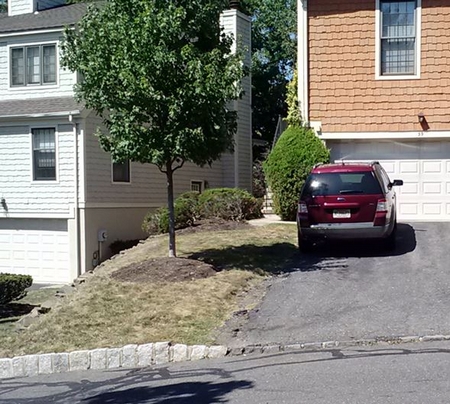 | 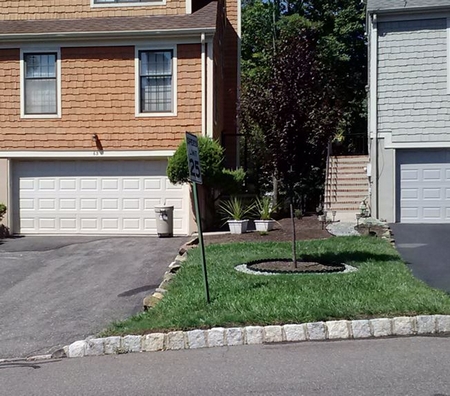 |
My final advice is straightforward-ALWAYS OPT TO USE THE VERY BEST SOILS WHEN PLANTING ANYTHING-I promise it will be money well spent.
Jul 13, 2015
When Sending Charitable Donations Verify, Verify, Verify! (And make the right decision).
Recently I received a donation request from a charity called the “Wounded Warrior Project”. They enclosed a “Forever” stamp to facilitate the mailing of my donation.
As I have been a many year contributor to DAV (Disabled American Veterans) I was intrigued as to the level of services they would provide for my donation as a percentage of each dollar donated.
Since I already knew that DAV used 96.5% of every dollar donated to help our surviving vets I was curious as to what percentage Wounded Warrior Project would use. So I went to charitynavigator.org to compare the two and discovered that WWP only used 59.9% of each dollar towards its stated purpose.
Note that in the world of charity entities almost 60% is considered OK. But given the choice of charities that perform the same service wouldn’t you want your dollar to do more? Plan on using the above website to EVALUATE ANY AND ALL CHARITIES BEFORE DONATING! Their service is simple and free.
Needless to say I am using their graciously provided postal stamp to send another donation to DAV. I know the vets will get a better bang for their buck.
Jul 11, 2015
Watering Instructions For New Plantings
I recently received a phone call from a client regarding his watering of the new landscaping in front of his home. The client explained that even though he was watering everyday (as instructed by his landscaper) his shrubs were looking stressed. The more he watered the worse the shrubs appeared. He wanted me to direct him on how to water even more.
I was floored. I told him (while he was on his cell) to go outside and pull the mulch away from the shrub and feel the soil. He replied that it was soaking wet and muddy. After washing his hands I explained what the problem was.
His first mistake was listening to his landscapers’ erroneous instructions. I was familiar with the area-most properties had heavy red clay as their base soil. Watering every day in clay would fill up the planting hole and suffocate the plant.
He needed to immediately cease all watering and purchase a simple moisture meter. I told him to not water again until the plants perked up and the moisture meter (placed in the same spot he put his hand) read more towards dry than moist. He followed my directions and his plants did indeed recover. I told him to check several areas periodically with the moisture meter and only water when the meter says to.
Long story short he almost lost all his new plants due to poor information. When deciding how often to irrigate, even with new landscaping, ALWAYS CHECK THE SOIL TO SEE IF WATERING IS NEEDED.
If this clients’ soil were more towards sand I could see the more frequent watering needs. Soil type is the most important factor when determining watering duration and frequency.
Jul 10, 2015
What To Do When Your Lawn Gets A Chemical Burn.
Sometimes those nasty yellow dead patches on your lawn are not due to disease or fungal infection but rather it is caused by the application of a chemical or fertilizer in sufficient amounts to kill the crown part of the turf.The source of these chemicals can be road salt, animal urine, herbicides or simple fertilizers. See below:



What a cutie! But deadly to your lawn!
What to do? First test the pH of the area-it should read 6.5 to 7.0. In my experience most of these spots are too acidic for most turf grasses (4.8 to 5.9). Correct this by first thoroughly soaking the area with your garden hose and then grinding up a small amount of pelletized limestone. Mix it with water and pour onto the affected area. Wait a few days then remove dead turf and sod or use top soil and seed.
If the pH is good then the turf took another hit from some type of chemical or fertilizer. Again-flush the area with water-repeatedly if needed. After a few days remove 2 to 3 inches of soil and turf. Add in new top soil then seed or sod.
Try to find out what caused the spill and take steps to prevent it in the future.
Jul 08, 2015
Never Forget Those That Have Passed.
My wife and I recently and suddenly lost a dear friend. She was a wonderful person loved by all as evidenced by the 200 plus attendees at her memorial. Though not her given name, she always went by “Joy” and she truly was a joy to know and socialize with. Rarely do we all get the chance to know people who make us smile just by being in the same room.
On July 4 two of my long time customers also passed on. Since history (especially the 20th century) is a passion of mine I have always asked customers what they did during WW II, Korea and Vietnam. Jim was in the Battle of the Bulge and stuck behind enemy lines for 6 days. He said he was never that cold and terrified at any time before or since. Bill was a radio man on Liberty ships and served in both the Atlantic and Pacific. No voyage was without that sheer terror of waiting for the torpedo that would sink his ship. Thankfully it never came.
I have had the honor of speaking to many vets of WW I, WW II, Korea and Vietnam-the people who served and defended our country when called upon. I even met a Spanish American war vet in his 90s. I have spoken with many holocaust survivors as well as others who were simply in the way of advancing and retreating armies. Fortunately they survived and came to the US to live their lives and start families.
I hope you all enjoyed Independence Day. Stay happy and healthy and remember those who are now gone and the impact they had on your life.
Jun 27, 2015
The Grubs are coming! The Grubs are coming!
The Grubs are coming! The Grubs are coming!
Yes it is that time of year-no less than eight distinct beetle larvae are gearing up to sup upon the roots of your beautiful lawn and leave it to the point where you can wipe it away with your foot! Then they enter the pupae stage and soon emerge as beetles to visit a whole other pattern of destruction on your garden.
Unfortunately your only recourse is to apply a chemical grub control PRIOR to any damage. The earlier you treat the better. Various products say they can be applied once and you are done for the season-others recommend a double application. I perform two applications-late May/early June and again late August.
Your best approach is to hire a licensed turf pesticide applicator. The products they have access to are much better than most over the counter grub treatments. Leave it to an expert. These little guys can bring havoc to your lawn.
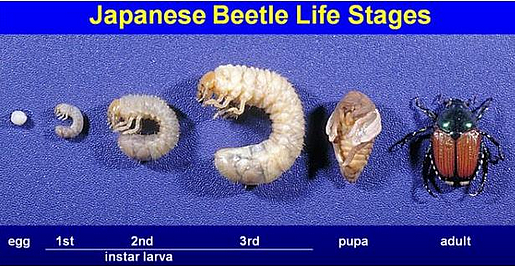
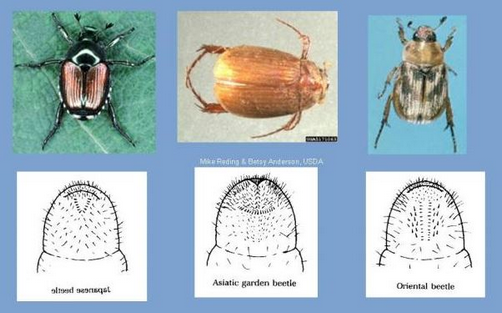
Jun 26, 2015
A Fungus Among Us!
Most gardeners would say that such much needed rain is a blessing but this depends on your point of view. My point being that this is the worst thing that could happen to local turf conditions and is due to the following:
Our lawns suffered severe stress from the lack of regular seasonal rainfall from April 21st to May 31st. Even if you were using your sprinkler system odds are that you did not water enough to make up for the lack of rain.
In locations where the soil was loamy roots did dive deeper as water became scarce-in other soils (sands / clays) not so much. Regardless of the levels of stress suffered (and everyone’s turf suffered to some degree) the worst things to happen next is what we now have-too much moisture coupled with rising heat and humidity. Add to these too much nitrogen fertilizer and poor lawn cutting practices (see my April 11th Blog on “Scalping”) and the end result will be lawn diseases-in particular various fungal infections as shown below:
BROWN PATCH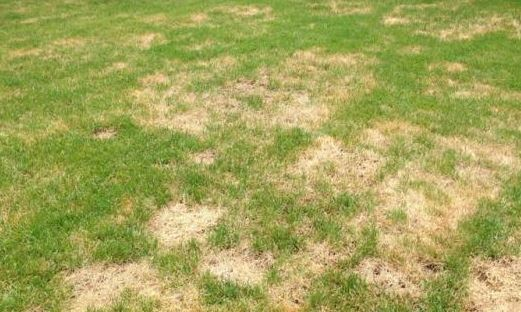
RED THREAD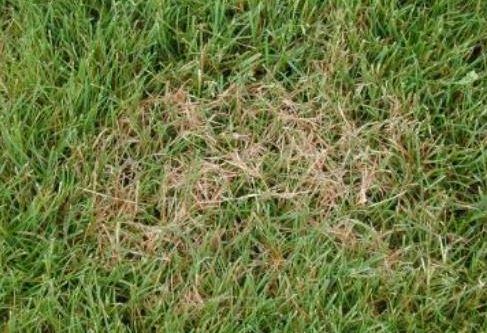
SUMMER PATCH 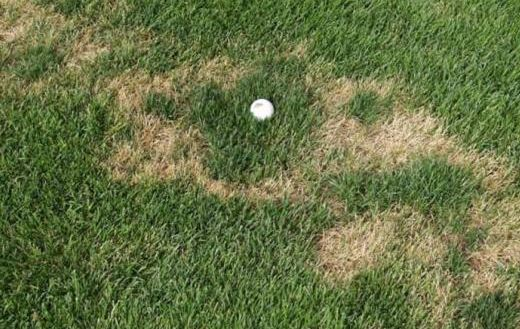
ANTHRACNOSE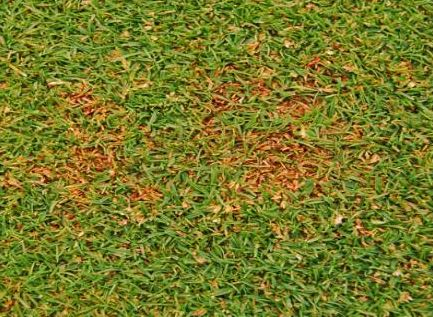
What is the solution? There are three ways to approach this-immediate, near term and long term.
The immediate approach is to apply a good broad range turf fungicide at the “curative” amount. This can be accomplished by hiring a licensed professional turf pesticide applicator or applying the product yourself (read the label and following the instructions precisely).
In the near term plan on applying the same product every 2 weeks until symptoms are no longer visible AND the environment has changed away from that which was assisting the fungi to multiply.
Long term? Try going with a complete organic lawn care program. This may take a season or so to really yield results but will make for much healthier disease resistant turf that you and your family can enjoy without so many chemical applications.
My final thoughts on this matter are somewhat self-serving. When you see your lawn start to look like it is dying off in irregular patterns DO NOT CALL YOUR IRRIGATION COMPANY AND INSIST THAT THE SPRINKLERS MUST BE THE CAUSE!
I can assure you from 50 seasons of entertaining customer feedback that the sprinklers are almost never the cause of lawn fungus. For a lawn fungus to emerge and proliferate THREE FACTORS MUST BE IN PLAY:
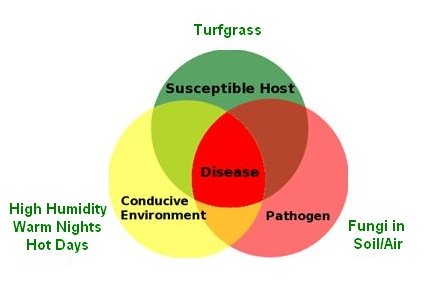
If any one factor is not present no disease will occur.
Keep it green!
Jun 25, 2015
Apology For Delay Since My Last Post
Greetings all-sorry for the gap in blog entries but these past 10 weeks have been the busiest I’ve seen in the past ten years. That being said let me summarize the irrigation season to date. Things opened up with cooler damper weather until about April 8th and then dry weather for the next 12 days. Then came a monster 3-4 inch rainfall on April 20th. From April 21 to May 31st we in NJ were BONE DRY regarding rainfall. It got so bad that I saw trees start to wilt and the adjacent turf areas dry up like it was late July.
Then the tide turned-late Sunday afternoon on May 31st it began to rain heavily. And it kept on raining with some areas (like my home) receiving 10 plus inches up to June 21. Most gardeners would say that such much needed rain is a blessing but this depends on your point of view. My point being that this is the worst thing that could happen to local turf conditions. Find out why I say this in tomorrow's blog post!
Apr 11, 2015
Scalping Your Lawn...The #1 NO-NO!
Ah Spring! It is finally here and your lawn mowing is around the corner. This is a rite of Spring that many take seriously (if you do it yourself) or not too seriously (when paying someone else).
This entry addresses a common practice known as "scalping". Scalping occurs when the grass blades are cut too short for the health and proper growth of the plant. In general, the taller the cut, the less you deal with watering, weeds,diseases, insects and brown turf--especially in Summer heat.
The first cut of the year, prior to active growth, can be shorter than normal (1.5 to2 inches). Your next cut should be made at 2.5 to 3 inches and only when the growth height allows no more than 1/3 of the grass blade to be mowed.
For the rest of the season 3 inches (or more) will make for better looking and healthier turf. Again, only cut 1/3 of the blade height at a time and if available use a mulching mower. Mulching fine clippings back into the turf will benefit the lawn since less Nitrogen fertilizer (N) will be needed throughout the season.
Now hold on there. Everyone wants that "manicured" look and that fact is not lost on your landscaper. In my 50 years' lawn industry experience, I know that most landscapers set their mowers at THE SAME HEIGHT year round and that height is always TOO SHORT!
I've had some of them actually tell me that their is no height adjustment! BULLSH*T!! Most commercial mowers today adjust from 1.5 to 4.5 inches ( or more). Don't let them scalp your turf! Demand a HIGHER MOWING HEIGHT. See the pictures below and note the damage that scalping can do.
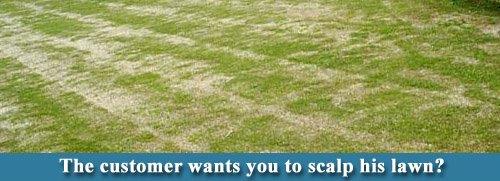
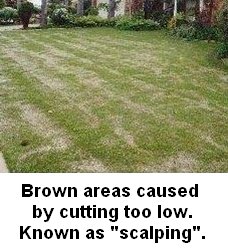 | 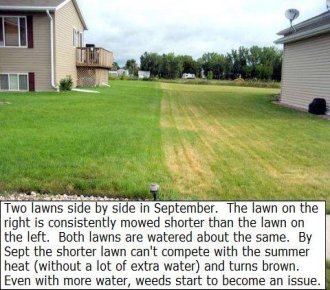 |
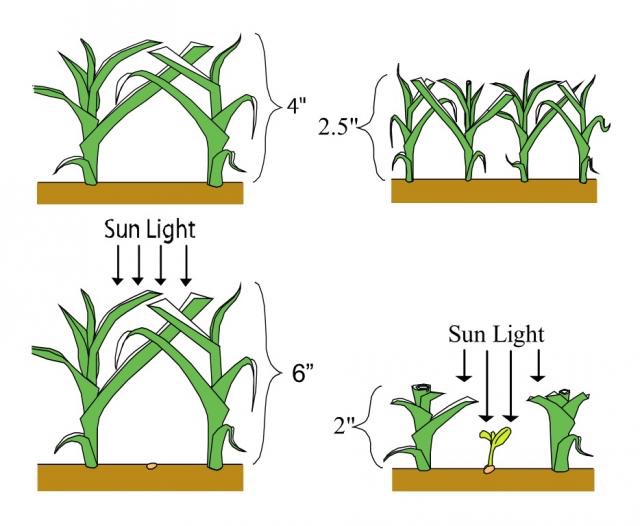 | 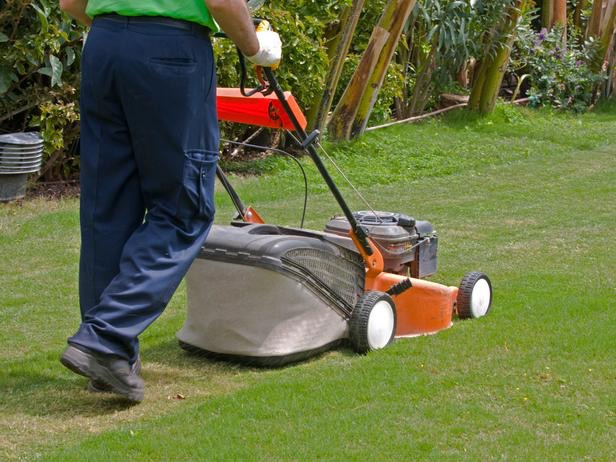 DON'T DO THIS!!! |
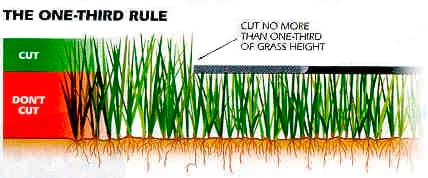
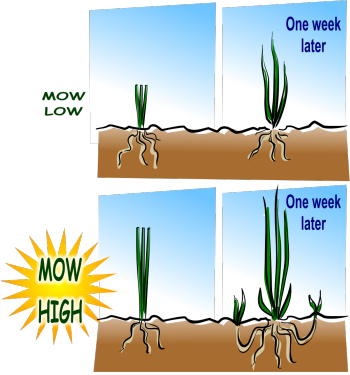
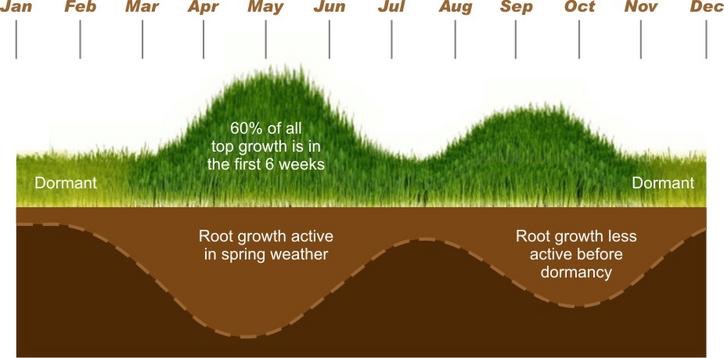
Apr 01, 2015
Deer Feeding On Your Landscape?
These past two years have been awful for your trees and ornamentals weather-wise. The same can be said about the Northeast's most abundant herbivore- the deer. Damage from these cute (but annoying) woodland creatures has cost many property owners dearly ( no pun intended) in lost plantings that are expensive to replace.
But help is available from NJ Deer Control with their in-house developed Deer Repellent Spraying Service. And if you call, tell them your have a coupon from Raffiani's Automatic Sprinkler's website to receive a trial application FREE!
Applications last 30 days . You've got nothing to lose and everything to gain.
Call: 732-995-7264
Apr 01, 2015
Please be patient this Spring
As this Winter finally lets go we ask that all our clients and anyone else that hires irrigation contractors, landscapers, roofers, masons and/or anybody else that works in the outdoor trades to please be patient.
All of us are backed up due to the weather. Whereas in the past we usually had 1, 2 or 3 weeks in March to start up this year we had nothing to do but wait out the cold and hope for a break.It looks like that break is the first week in April-hopefully it only gets warmer from here!
Mar 31, 2015
Will Spring Ever Get Here?
It seems like Winter will not let go. Everyone in the landscape trades are far behind their normal Spring routine. Here, in North Jersey-the epicenter of landscaping design, build and maintenance-I’ve only seen a few intrepid landscapers out doing cleanups. I recently went into my yard and raked the snow mold off my lawn-something you should be doing SOON!
Snow mold comes in several forms, the most common being white, grey or pink (see pictures). All can result from long term snow packed on turf areas and are fungal in nature.
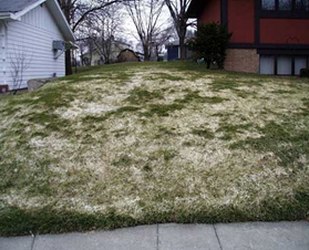 | 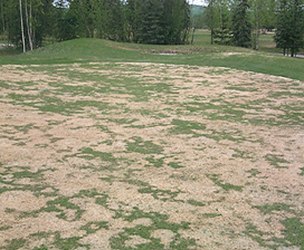 |
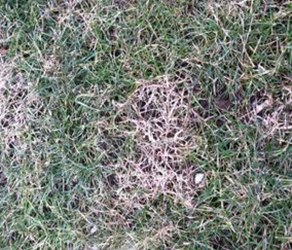 | 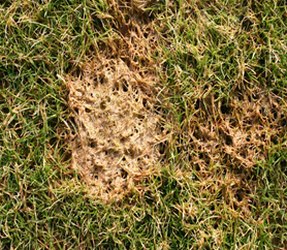 |
What to do? Simple-find a leaf rake and gently, lightly rake off the mold. Remove it from the area. This opens up the grass crowns to light and air allowing the turf to recover. often the grass will bounce right back without further input. Regarding pink snow mold, a fungicide may be necessary as certain pink snow molds can infect the roots-if you have the pink variety it is best to apply a curative fungicide treatment early. If the crowns have died back seeding will be necessary.
Remember-the best time to do this is NOW. There are two other turf problems Winter snow pack can cause-the first is salt accumulation from turf along roadways and the second is (believe it or not) an arachnid related to spiders and ticks called the Winter Grain Mite. The Grain mite punctures and feeds on the grass cells causing desiccation, stunted growth and sometimes death. Peaking in December and January, mites live under snow pack and leave eggs for a second generation in March or April. Damage appears the same but it is important that you determine the cause for proper treatment.
SALT DAMAGE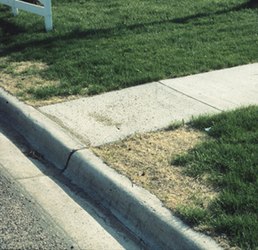 | Sidewalk MITE DAMAGE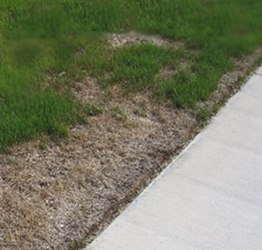 |
For salt damage and excess soil salinity I recommend a product called Black Gypsum DG made by the Andersons company. It's a rapidly dissolving material that will reduce salinity, add calcium and sulfur (without changing pH), loosen clay, improve soil structure, reduce thatch and enhance nutrient efficiency. It is the single best treatment for soil salinity available.
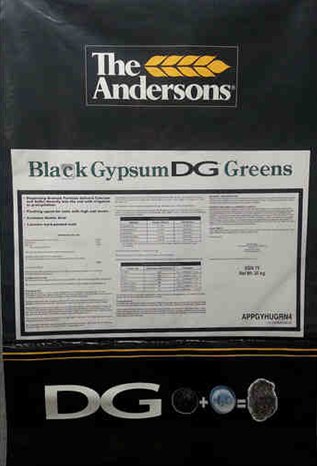 |
Winter Grain Mites are tiny and difficult to spot unless you look during their two cycles-December/January and March/April (these time frames can vary due to temperature variables like we are still feeling in North Jersey). During their active times you could try the open ended coffee can method. Place the coffee can cylinder in a border area where both healthy and stressed turf appear. Fill it with water-if the mites are present some should float to the surface.Treatment is a separate process and you should hire a professional turf pesticide applicator to apply the correct miticide in the correct dosage. DO NOT ATTEMPT THIS ON YOUR OWN! In conclusion, a little TLC early on will set the stage for a lush lawn this season.
Good Luck!
Mar 09, 2015
Now is the time to check for damage and other tree problems:
“I think that I shall never see a poem lovely as a tree” -Joyce Kilmer
I know it is Winter but this is the perfect time to evaluate your trees as the lack of foliage makes inspection easier and more thorough. Problems can be identified and dealt with before the growing season begins and may prove to be less expensive now than later.
Take an inventory of the trees in your yard. Step back far enough to see the whole canopy-it should be symmetrical for the most part with an even weight of branches around the trunk from bottom to top. Check for dead branches, splitting, dropped branches on top of other branches, peeling bark and decay in the trunk or the larger branches.
Use low powered binoculars to get a better look at problem areas or just as an extra diagnostic tool-the more you identify in need of attention and remedy the more years you will add to the life of your tree.If your tree is young and needs only light pruning you may want to do the job yourself. If there are other issues such as upper mature branches or deadwood in need of removal don’t be a hero-HIRE A PROFESSIONAL ARBORIST! A trained eye will find things that you missed as well as save you from climbing to heights with sharp cutting tools. An arborist will be able to address decay and other issues and will rendered advice if it is necessary to take the whole tree down. I can’t stress this enough-don’t take risks you will come to regret.
If it comes to removing and replacing your tree use a native species. Natives are adapted to the local environment, are healthier, they won’t crowd out other plants and require less care overall. For a list of native trees by state go to:
Continue reading "Now is the time to check for damage and other tree problems:"
Mar 03, 2015
April is National Lawn Care Month!
I know-look out your window and all you see is mounds of snow, ice chunks and probably a gray sky. Don’t despair-Spring is around the corner and April is officially National Lawn Care Month. And will our lawns ever need help! This Winter is the worst of all worlds pertaining to lawn conditions-with the snow pack desiccating the grass plant crowns and enabling snow molds to thrive it seems as if all last year’s hard work and efforts will be in vain.
Since you will most likely need to re-seed this Spring buy the very best seed you can (skip the bargain varieties). Choose a seed that is correct for your climate and yard condition (warm season vs. cool season grasses / sun vs. shade etc.). The major seed manufacturers all have hardy, disease resistant and water saving blends of perennial rye, tall fescues and blue grasses that will fit your situation. You can choose specific seed characteristics for your yard that will perform the best for the way your lawn is utilized.DO NOT USE ANY CRAB GRASS PREVENTER OR OTHER WEED PRE-EMERGENT PRODUCT-this will inhibit new seed germination. You can use such products later when the lawn is grown and also spot treat weeds as necessary.
Prepare the lawn as needed-rake/thatch out dead areas, aerate if needed, apply compost or top soil and seed according to directions. Rake the compost / soil over the seed to obtain a ¼ inch cover then cover with shredded hay to keep moisture in and birds out. Water often BUT LIGHTLY!! Don’t make mud-you only need to keep the seed moist on the surface. As the grass matures you will be watering less often but more deeply.See map below for turf grass climate info:
FOR ADDITIONAL INFORMATION ON SEED PRODUCTS TRY THE FOLLOWING WEBSITES:
jonathangreen.com penningtonseed.com scotts.com
Mar 02, 2015
CICA Course and NJ Plants Events
March 10th I will be teaching for the Connecticut Irrigation Contractors Association in Meridan. Call 860-586-7563 to attend. Conn. & NJ CEUs (4).
March 11th I will be attending the NJ Plants show in Edison NJ. The show is a 2 day event beginning March 10th at 8 AM. For information go to: njplantshow.com
Jan 01, 2015
HAPPY NEW YEAR!
Happy New Year to all our clients, vendors, advertisers and, of course, our website designer! Thank you all for another successful year in 2014-we'll see you again this Spring.
Dec 29, 2014
Upcoming CICA Course
I will be teaching for the Connecticut Irrigation Contractors Association on March 10, 2015. The course is:
Class 103 "Plant, Soil & Turf Types and the Implications for Irrigation Contracting"
This is the same course I just taught for the Irrigation Association of NJ in Atlantic City December 10th at the NJ Turf Grass Association Green Expo.
For information to attend contact the CICA at 860-586-7563.
Dec 12, 2014
Atlantic City NJ Water Conservation Course 2014
I just finished presenting my 4 CEC Water Conservation course "Plant, Soil & Turf Types and the Implications for Irrigation Contracting" to almost 100 attendees at the NJ Green Expo at the Borgata Hotel in Atlantic City NJ.
The course was well received and started some excellent discussions. The reasons for the positive feedback center on the fact that the course was taught from the irrigation contractors perspective and as such was very relatable to the group.
I hope to write additional courses and present them at future Green Industry events.
Dec 01, 2014
PREVENT DAMAGE THIS WINTER TO YOUR LANDSCAPE
The up and down temperatures of the past month are not good for landscape plantings. They get confused (just like people) over what to do next-do they grow new roots and foliage or get ready for a dark frozen off-season?
Very recent plantings are especially at risk as they have not put down sufficient roots and the soil around the root ball is more loose than nearby established plantings. When sudden 3-4 day freezing temps appear this loose soil freezes first-root growth and plant water intake ceases. What to do? Note the suggestions below:
1. If you haven't done so initially take a moment to determine if you chose the right plant and the correct location for that plant. Different plants will do better than others depending on location. Example: You planted that beautiful English Roseum Rhododendron just before Thanksgiving. You checked soil pH, noted that the soil type was a clay loam and planted it with Bio Tone and a little peat moss. Your work was done-go enjoy the Holidays. However, just like Det. Columbo always said "There's just one more thing"--you planted the rhodo facing south against a home foundation and white aluminum siding. When summer comes that plant will not be a happy shrub as the dawn to dusk sun, the lime leaching from the foundation and the siding intensifying the sun's rays will all combine to hasten that rhodo's demise. Find a location instead with less sun and further away from masonry.
2. Make sure to use 1.5 to 2 inches of mulch and water the new plants right up until the ground freezes solid. Apply a good anti-desiccant prior to a hard freeze to reduce plant transpiration over the winter when the ground periodically thaws.
3. Do NOT prune! I can't say this enough. Any pruning can wait until early March or April-let the Spring work its magic of new growth.
Remember-with a little due diligence and knowledge your landscape can emerge from a long Winters nap ready to take on the world!
Nov 30, 2014
Atlantic City NJ Water Conservation Course
I will be teaching a 4 CEC Course in Water Conservation on December 10, 2014 for the Irrigation Association of NJ at the Borgata Hotel in Atlantic City.
There will be 100 in attendance-my largest venue to date! The event takes place simultaneously with the annual NJ Turf & Landscape Green Expo.
See you there!
